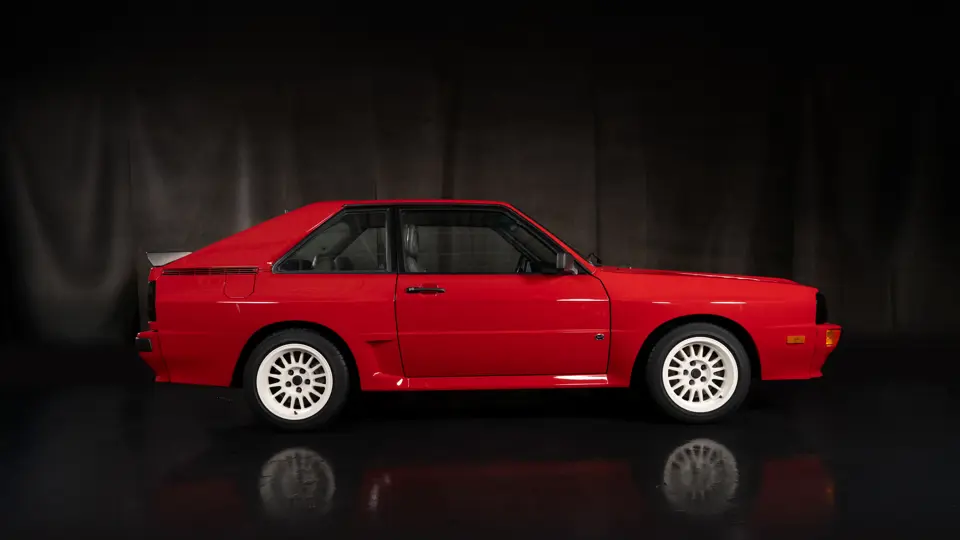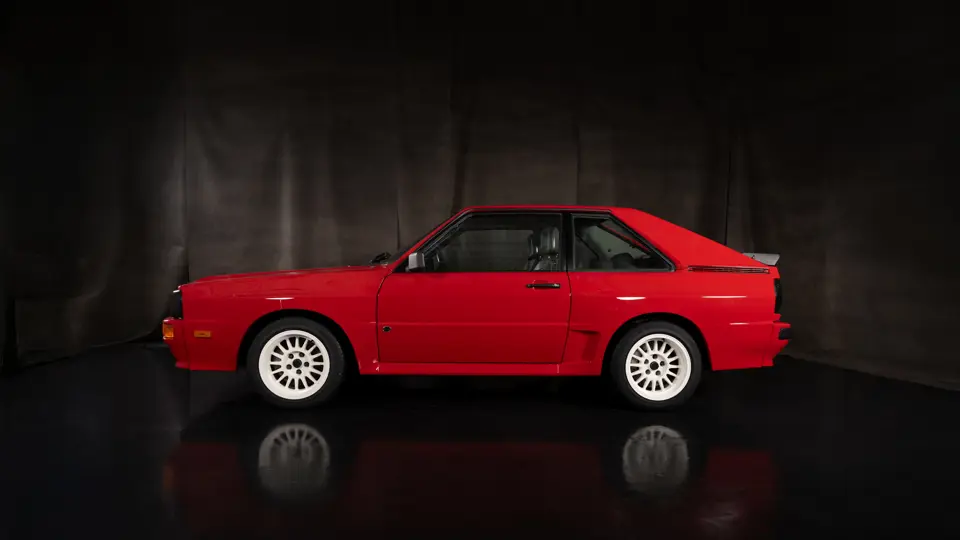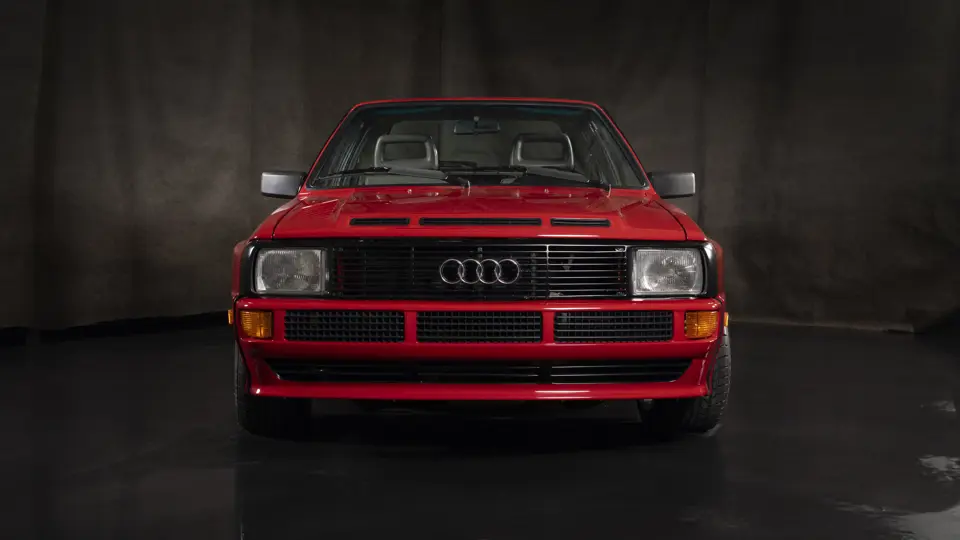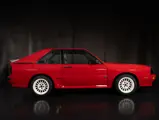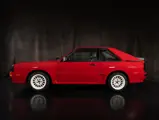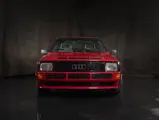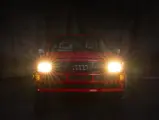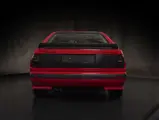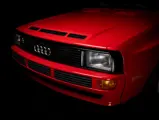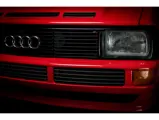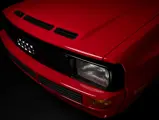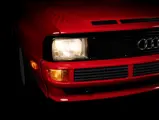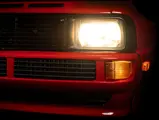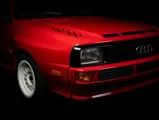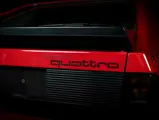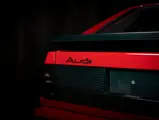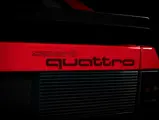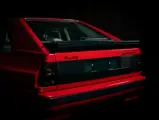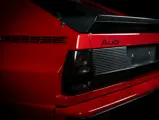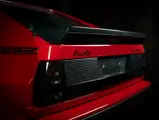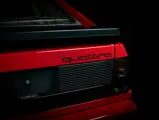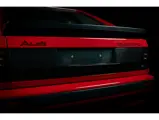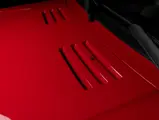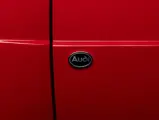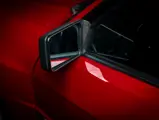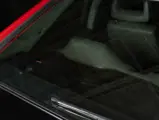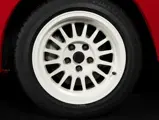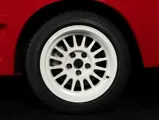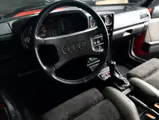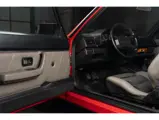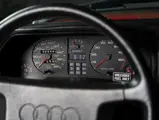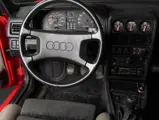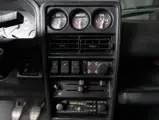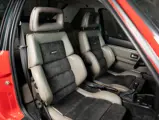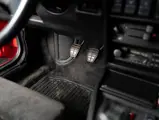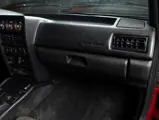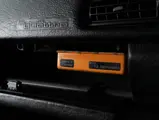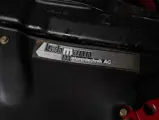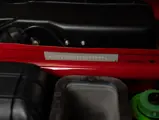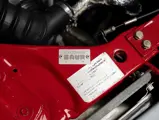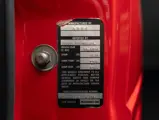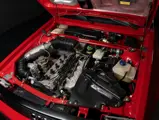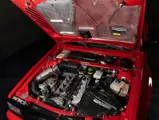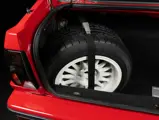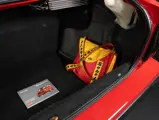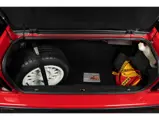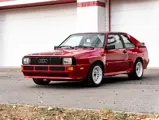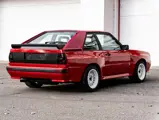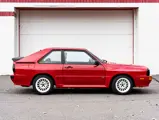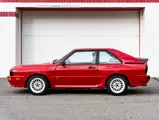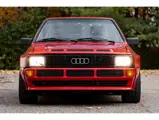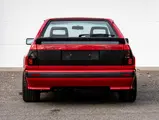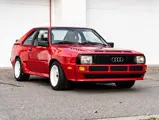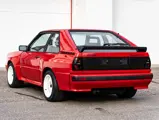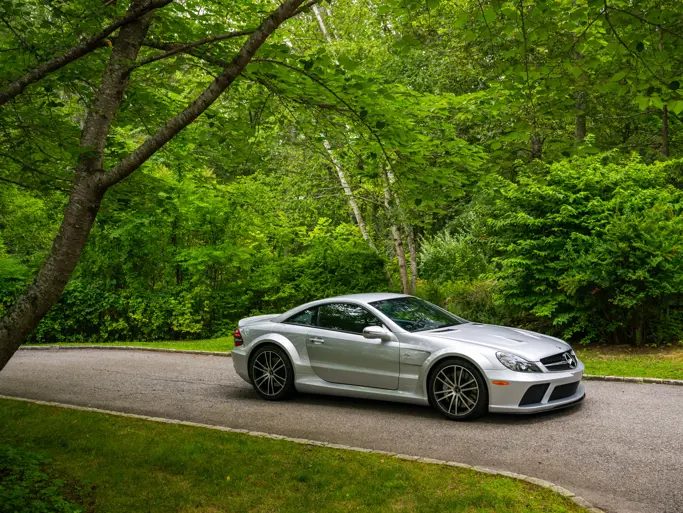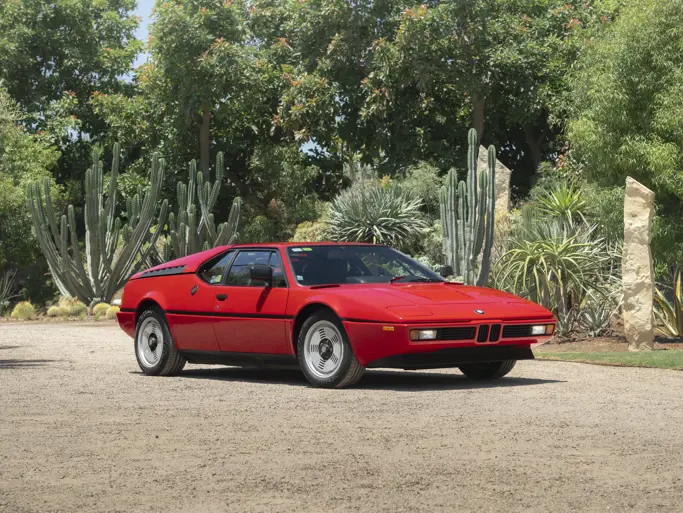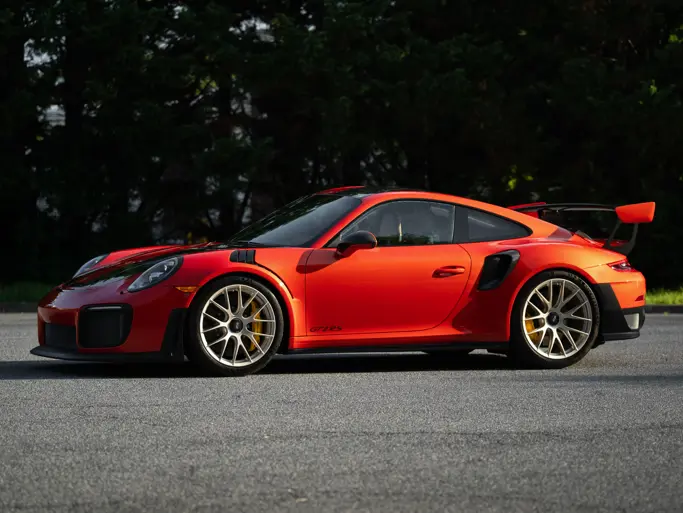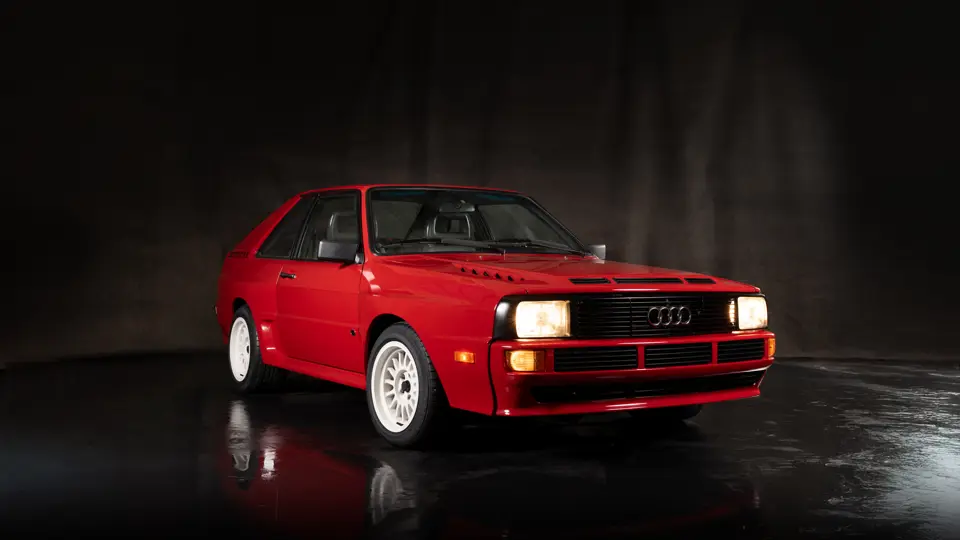
1984 Audi Sport quattro
{{lr.item.text}}
Offered Without Reserve
{{bidding.lot.reserveStatusFormatted}}
- “The Red Devil,” a leading character in Audi Sport’s clandestine, viral marketing campaign to influence the hearts, minds, wallets, and right feet of America’s motorsports community
- Federalized and modified for racing as an Audi-endorsed entrant by marque experts Dieter Inzenhofer, Heinz Lehmann, and Heinz Kluge
- Used extensively in competition by David Beddor; offered from the Beddor family’s continuous ownership
- Course record-breaking winner of the 1991 edition of the Ferrari Club of America’s Virginia City Hillclimb; former course-lap record holder at Minnesota’s Brainerd International Raceway
- Among the most fascinating examples of Audi’s highly coveted Group B homologation special
Following its second World Rally Championship title in three years, Audi sought to translate its motorsport dominance into US road car appeal. In reply to pleas from Audi’s executive team, special vehicles manager Jo Hoppen devised a plan that would all but guarantee victory and establish a storied pedigree in just five years. Hoppen’s bold and inventive strategy involved two parallel elements, both reliant upon the manufacturer’s groundbreaking quattro all-wheel-drive system that had formed the basis of its two Group B rally championship wins in 1982 and 1984.
The first element of Audi’s US-market, hearts-and-minds campaign involved a full factory racing team, which dominated the 1988 American Trans-Am series so thoroughly that quattro all-wheel-drive was promptly banned. In 1989, Audi migrated its effort to the GTO-class of the IMSA series. Despite sitting out two races, the team’s two-car entry amazed everyone with a 2nd overall finish from seven victories and seven podiums in 13 races.
The second part of Hoppen’s plan fell to grassroots publicity—in effect, viral marketing before such a term existed. That opportunity arrived in a letter from Frank Beddor Jr. of Chanhassen, Minnesota—racer, Audi Club of North America founder, and head of a family that lived and breathed speed. Beddor proposed a partnership: His family, each member a seasoned driver, would represent Audi’s racing spirit in America. The ask? Five Audi Sport quattros: One for Frank Jr. (60), his wife Marilyn (50), and their sons Frank (26), Steve (24), and David (22), to match their need for speed and showcase the brand’s performance pedigree.
Beddor’s second act of the partnership was to convince Audi to urgently enter a Sport quattro in the 1985 Pikes Peak International Hill Climb, piloted by one of its factory drivers. It was a shrewd move, as Audi won the event three times in three years, with the winning Sport quattro quashing the course record by an astounding 12 whole seconds each consecutive year.
Driven extensively—and with record-breaking success—by David Beddor between 1986 and 1998, “The Red Devil” is offered now from the Beddor family’s continuous ownership and is surely among the most fascinating examples of Audi’s revered homologation special.
One of only 164 Sport quattros produced, Hoppen organized the Red Devil’s delivery to Andial’s Dieter Inzenhofer for federalization in March 1986. Legendary Audi Sport engine builder Heinz Lehmann was charged with providing suitable motivation for the Beddor fleet, and to this end enhanced this Sport quattro’s 2.1-liter turbocharged inline five-cylinder with a ported and polished cylinder head, hotter camshafts, Bosch Motorsport Motronic ECU, optimized turbocharger, and proprietary exhaust and intake manifolds. Notably, Lehmann’s hand-fabricated exhaust manifolds feature an ingenious design: stainless steel expansion sleeves introduce another element of reliability by allowing the manifold ample room to expand as it heats, thus greatly reducing the risk of cracks or fractures.
From 1981 onward, Lehmann’s reputation for tuning reliability and performance was so great that numerous factory drivers, including 11-time National Champion John Buffum, would personally inspect the engine bay of their assigned rides to see if they had been fortunate enough to receive a Lehmann-powered quattro. Even today, Audi specialists with sufficient skill charge over $188,000 to emulate Lehmann’s legendary work. One such specialist goes so far as to dub the Heinz Lehmann Sport quattro engine to be the true “Mona Lisa” of motorsports history.
Given the impressive performance he squeezed from such a small engine, Lehmann’s mythical reputation is well deserved. Dynamometer readings on file show that his work on chassis 5035 improved maximum torque to 342 pound-feet at 5,400 rpm, while horsepower jumped to 435—more than 130 horsepower over the stock unit. An accompanying hand-off letter supplied by Steve Beddor details the octane requirements, adjustable boost settings, and locking differential specifications.
Meanwhile, Audi transmission specialist Heinz Kluge upgraded the five-speed gearbox with a stronger motorsport synchromesh along with a motorsport ring and pinion set that reduced gear ratios for better acceleration. To supplement Kluge’s modifications, Lehmann also provided a motorsport-spec lightened flywheel, pressure plate, and six-pad clutch disc. Hoppen raided Audi Sport’s parts room in Ingolstadt for suspension assemblies and sourced a bespoke roll cage to enhance the car’s chassis dynamics. He also dispatched his factory-trained sons Mike and Ken Hoppen to Minnesota with the series of Lehmann engines to oversee their installation and help get the Beddor racing fleet dialed in.
A car is only as good as its driver, and to this end Audi needed insurance; they had to make sure that the Beddor family members were trained properly so that they could fully exhibit the awesome power of their five customized Sport quattro chassis being prepared by Lehmann and company. After consulting with the brothers, Jo Hoppen elected to send David for training with professional rally champion, legend, and Audi Sport works driver, John Buffum.
Between the three Beddor brothers—all of them inclined to extreme sports and an ultra-competitive spirit—David had always been regarded as the most naturally talented regardless of the competitive endeavor at hand. From a young age, David always had to jump into a new activity (freestyle snow skiing, barefoot water skiing, skydiving, racing) with the knowledge that his brothers, and as such his brothers’ friends, all had several years of experience on him. In short, if David was going to play with his brothers, he had to be able to hold his own, and quickly. According to Steve Beddor, this experience never seemed to matter—David took up new sports with unrivaled, almost unnatural poise. In the case of the family’s motorsport interests, David could get into a car, and within only a few laps squeeze untapped performance from it, thereby shaving seconds off a leaderboard. Nonetheless, David’s driving talent was still quite raw by the time that Audi came knocking.
Hoppen’s logic tracked that David, on account of his raw talent, would be best positioned to fully receive Buffum’s teachings, adapt his driving habits accordingly, and then effectively relay them to his brothers. The results of Buffum’s training course—and Hoppen’s sound logic—speak for themselves.
Speaking recently about his training with Buffum, David recalls “he was a tough teacher, and he never let you think your driving was flawless. You could improve, but in the end you were always chasing the perfect drive. Look at John’s [Buffum] record and it reflects this mentality. He is the winningest professional rally driver of all time, racing at the highest levels for more than 20 years. He had nothing to prove to anyone except the clock, and he never stopped chasing that perfectly executed, flawlessly driven stage. I took that teaching from John and did my best to impart it upon my brothers.”
From 1988 to 1998, David Beddor and the Red Devil terrorized Audi club autocross events throughout the Midwest. Nearly every event was a Beddor family exhibition where the operative question became, “Which one could go fastest?”
“They leave other quick cars in completely different zip codes down the straight,” proclaimed former Audi Club of North America webmaster Darin Nederhoff in an event summary submitted to members. “Oh, and the sound! Ever heard a full chorus of angels kicking the devil straight back into hell? Neither have I, but I imagine it would sound a bit like a Lehmann Sport quattro at full boil!"
But the Red Devil’s most notable showing came during June 1991 at the Ferrari Club of America’s famous 5.2-mile Virginia City Hillclimb. Against a comprehensive entry list of Maranello’s finest road cars, the Red Devil surprised everyone by finishing 1st—12 whole seconds ahead of a Ferrari F40, and four seconds ahead of brother Steve Beddor’s white Sport quattro, “the F40 Killer.”
In fact, the Viriginia City Hill Climb’s current reigning all-time course record holder Amir Rosenbaum still vividly remembers the shock he experienced upon first coming face to face with one of the Beddor/Lehmann Sport quattro as a marshal during the 1992 event. “I see and hear the car approach—but they aren’t lifting [off the throttle]!” he recalls, still astonished. “Oh man, this is going to be bad; it’s almost a 90-degree corner and they’re coming in at speed—high speed—the engine is wailing, no downshift, holy sh*t! And then the noise, one I had never heard before—this intense and insane chuffing of the tires as they gripped and clawed the corner at speed. The car went through the corner and out of sight…. What the hell was that?!”
Later that year, David and the Red Devil broke the lap record at Minnesota’s Brainerd International Raceway, with a time of 231.788 seconds.
In retirement, this phenomenal Sport quattro has been sparingly driven and maintained by marque specialists. Supplied with a fascinating trove of Audi correspondence and technical documentation, the Red Devil is a tremendous prize to be cherished but also enjoyed—in anger—at hillclimbs, autocross events, and road rallies. Modified from new by some of the most important gurus in Audi motorsport history, the Red Devil brought to bear the unprecedented effectiveness of the quattro all-wheel-drive system, humbling some of the period’s most capable supercars in spectacular fashion.
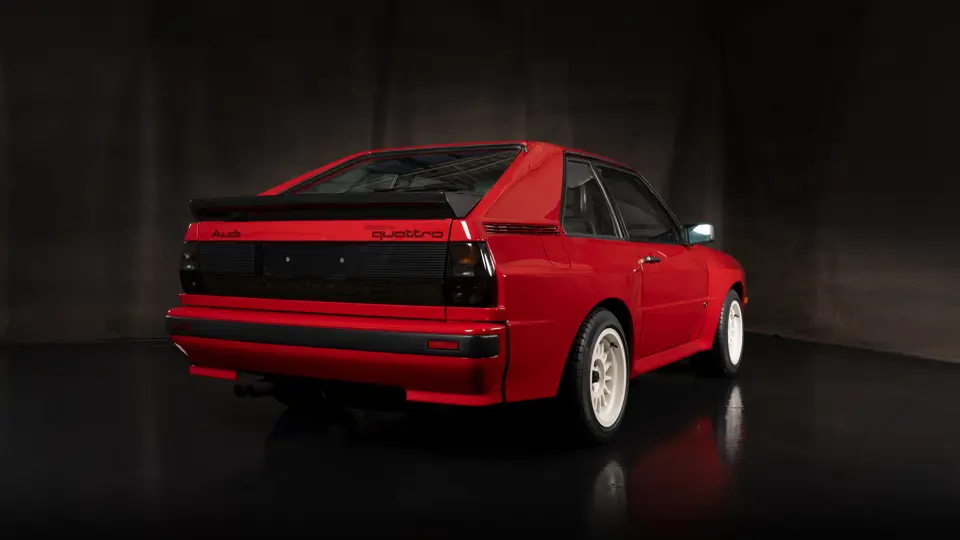
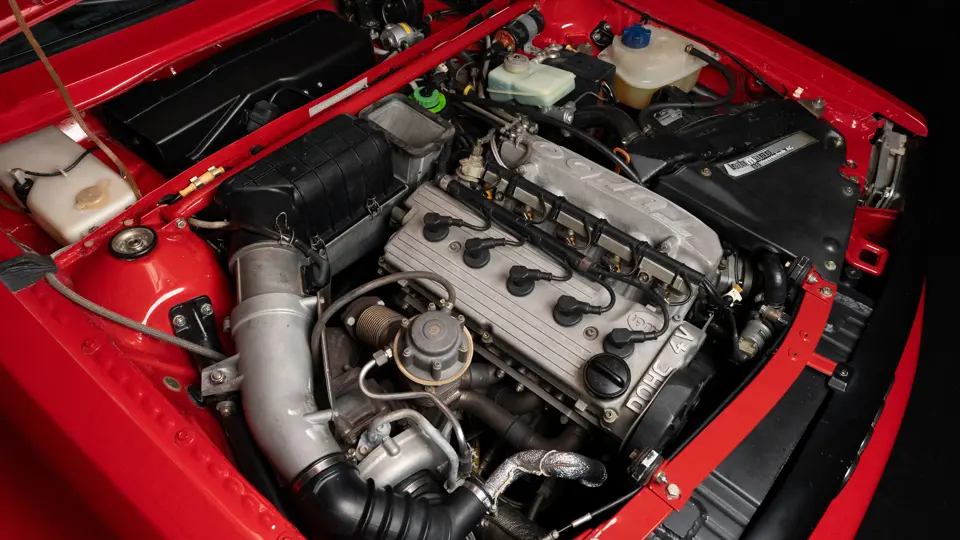
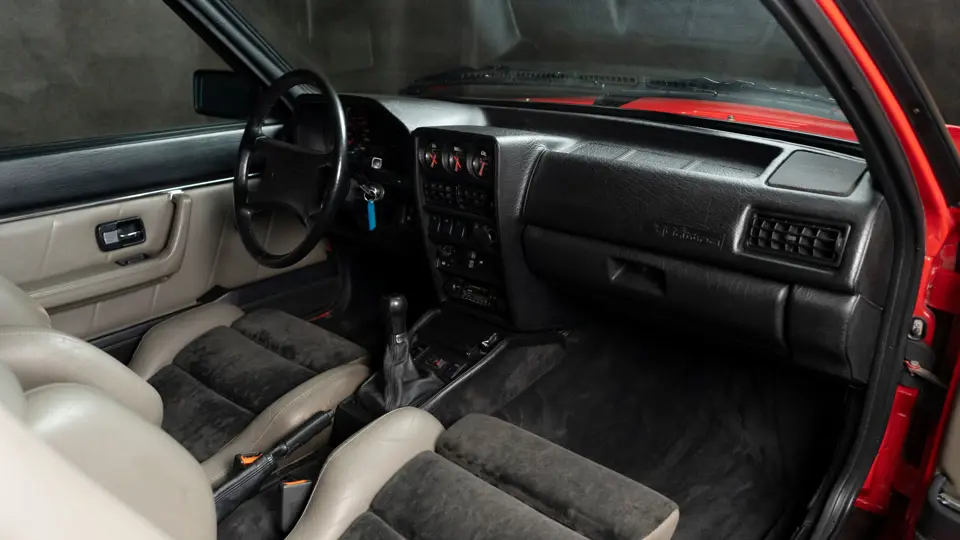

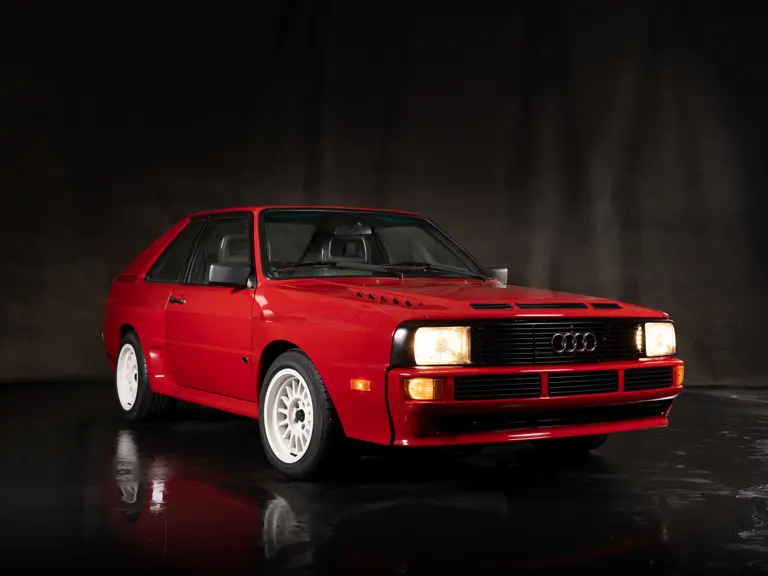
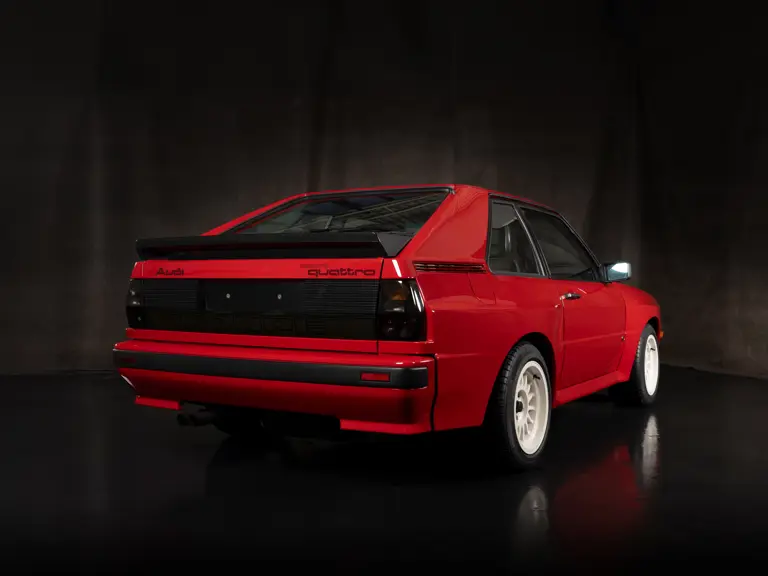
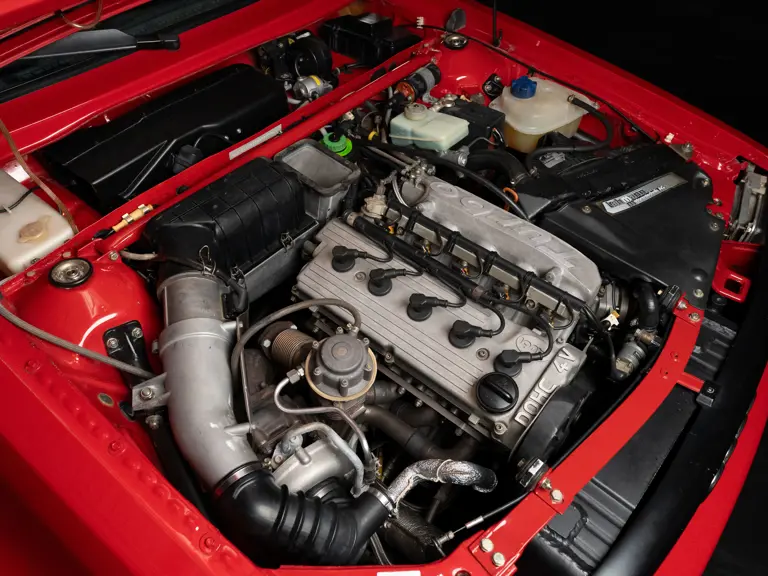
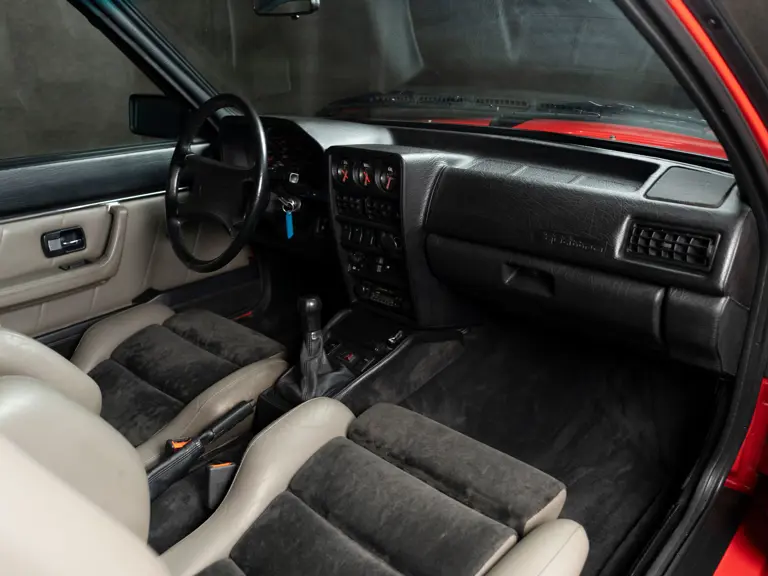
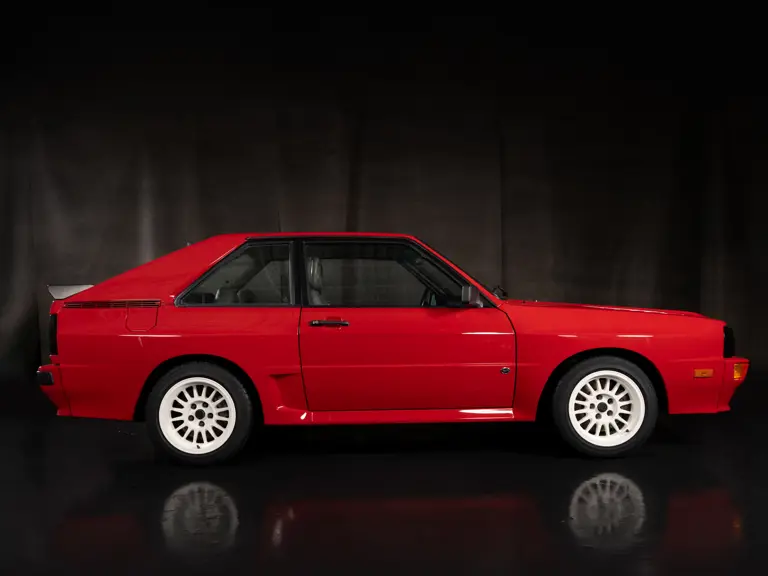
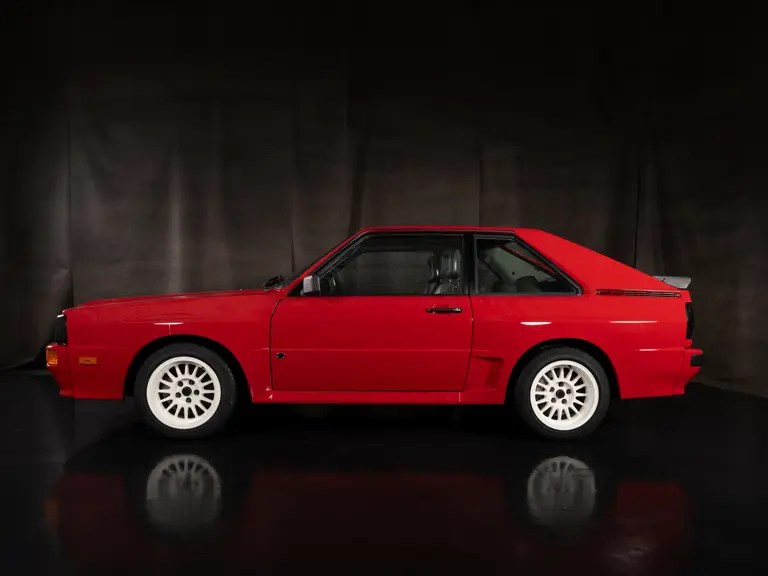
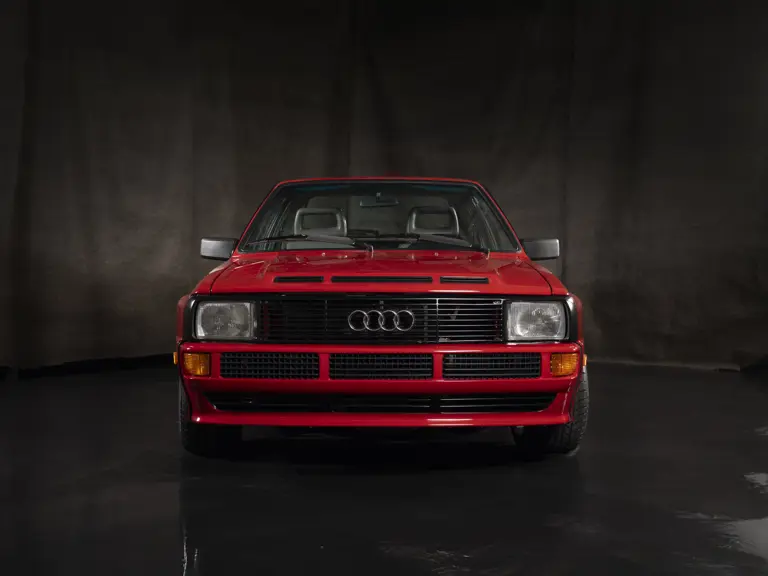
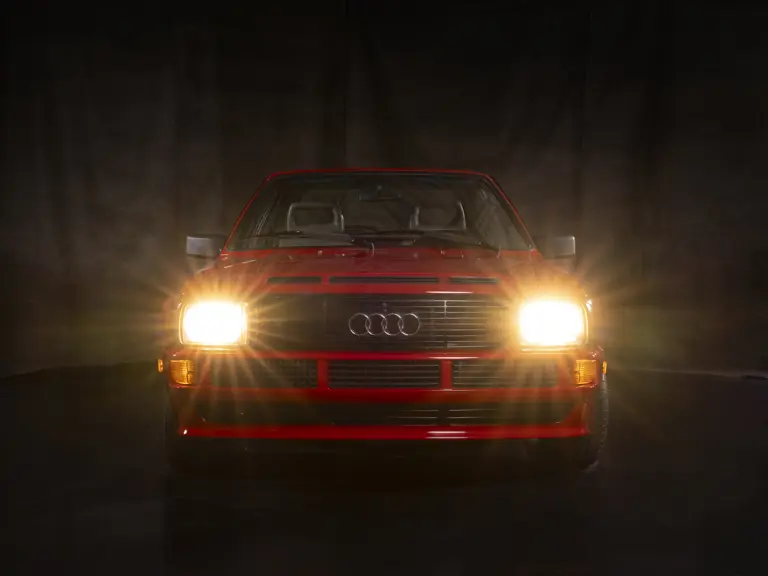
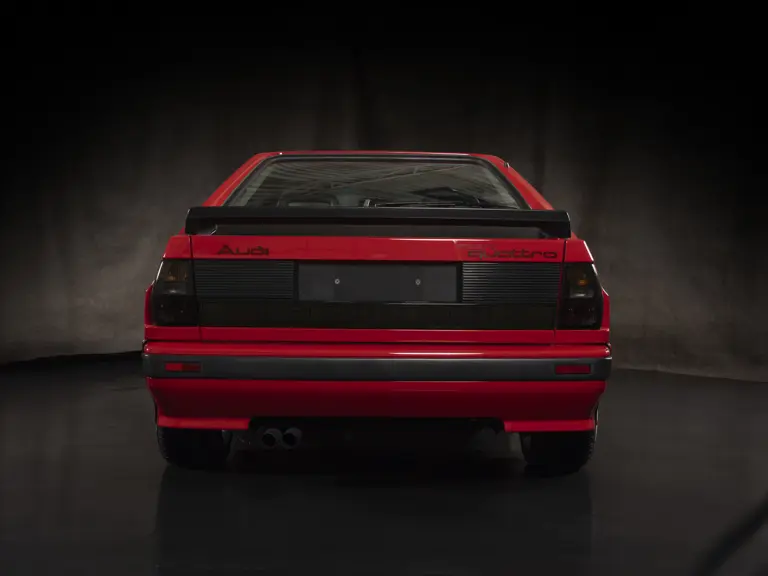
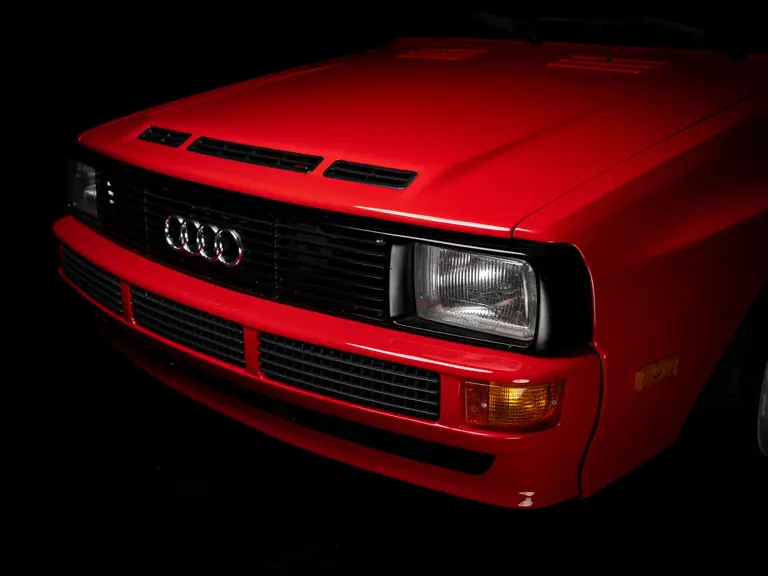
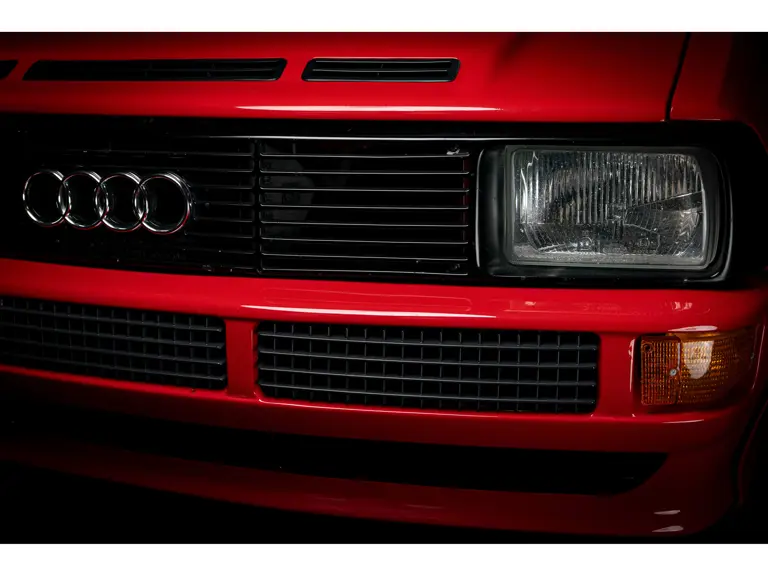
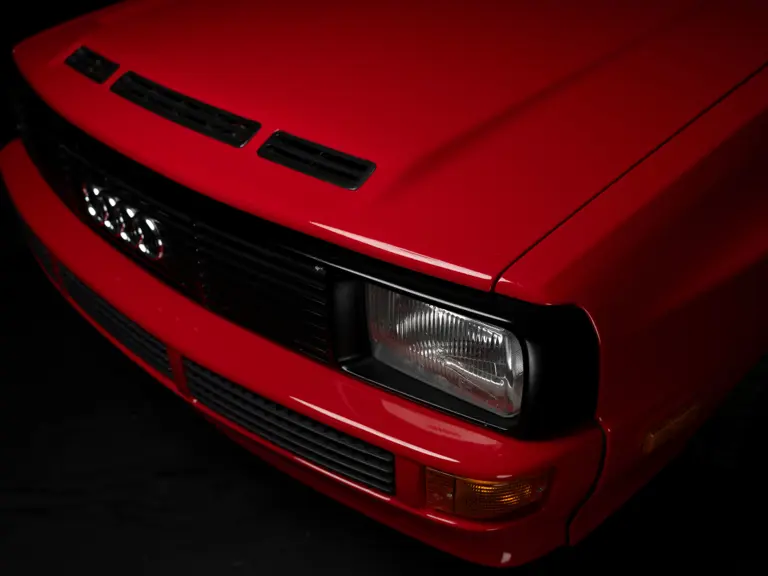
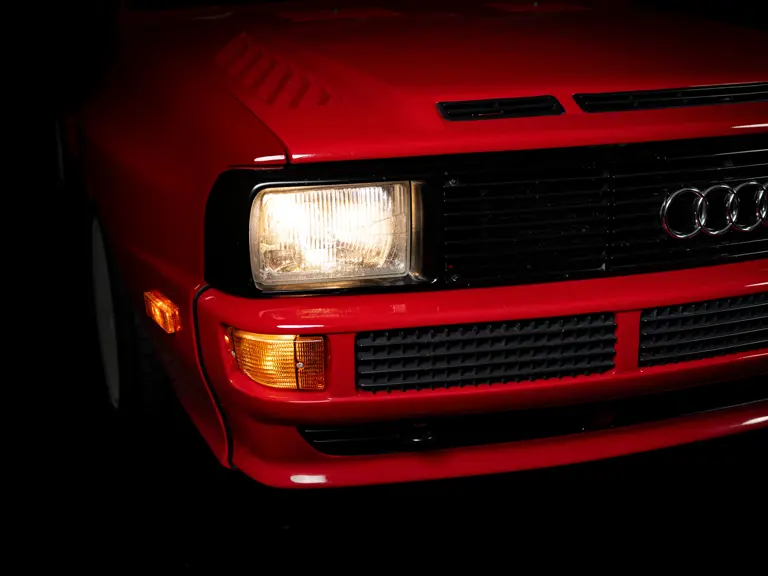
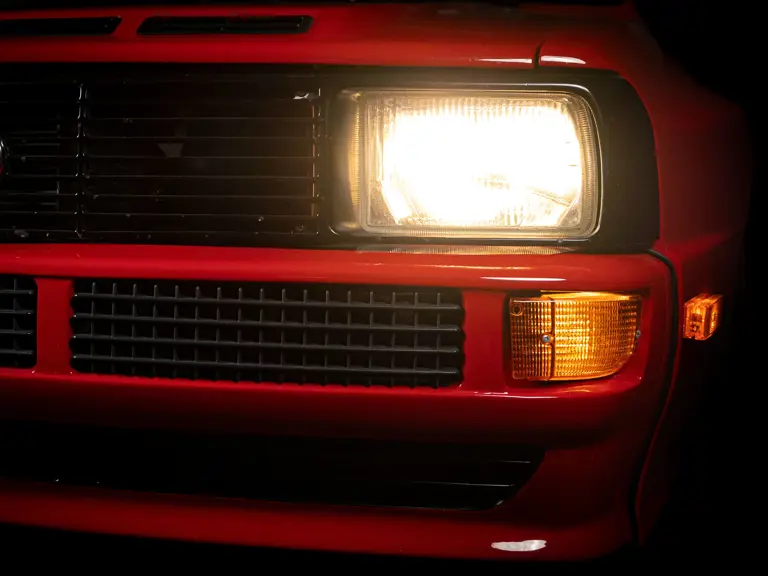
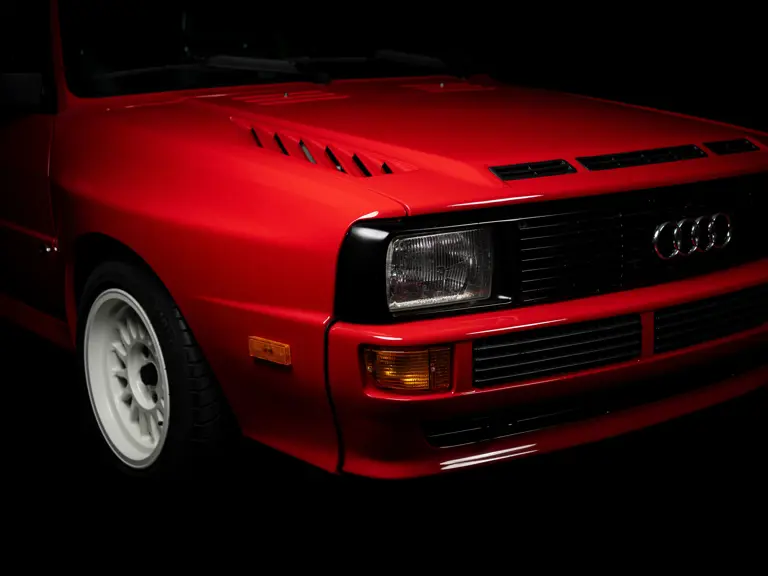
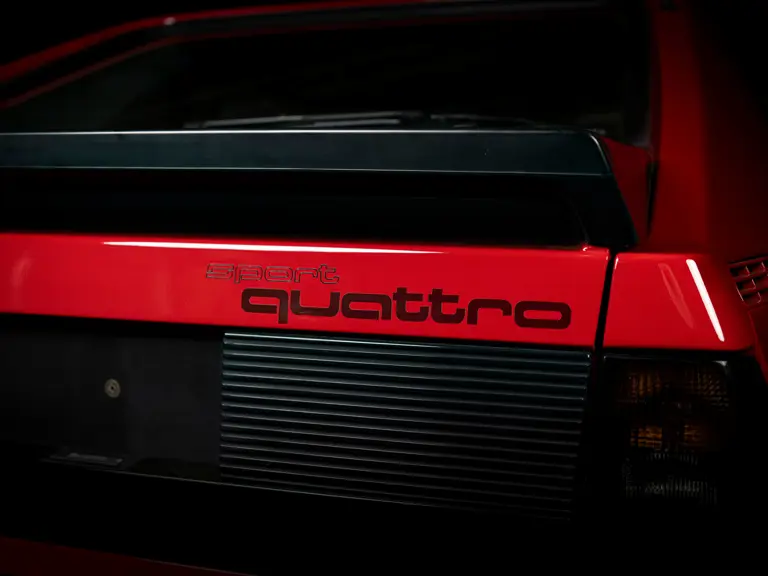
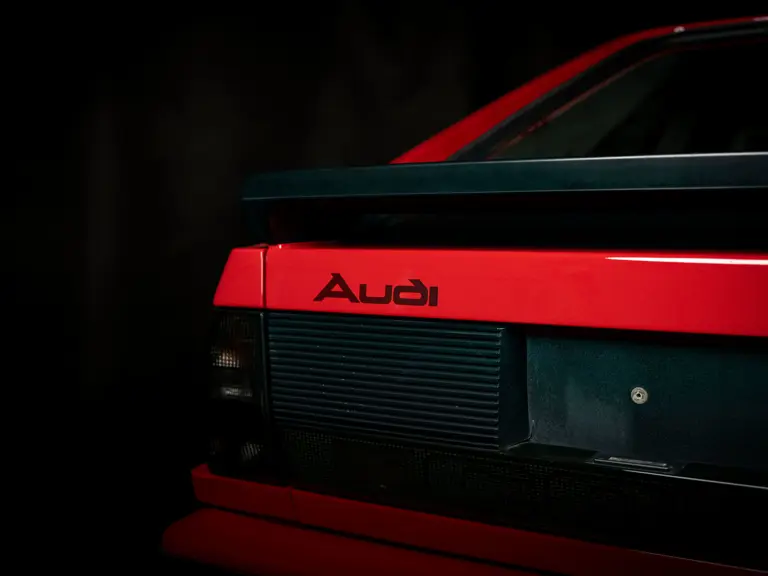
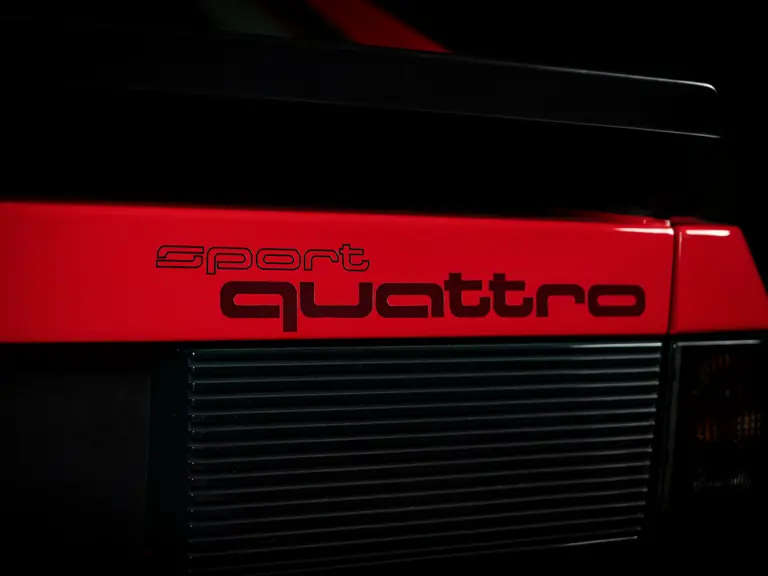
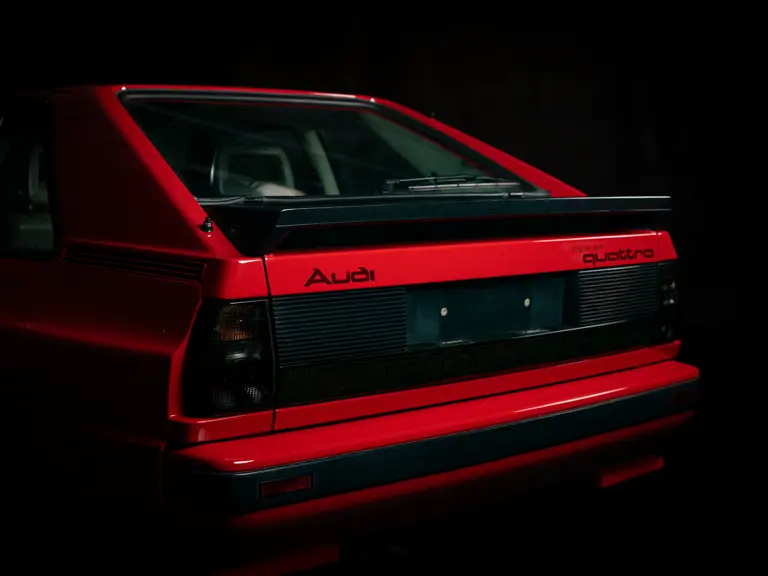
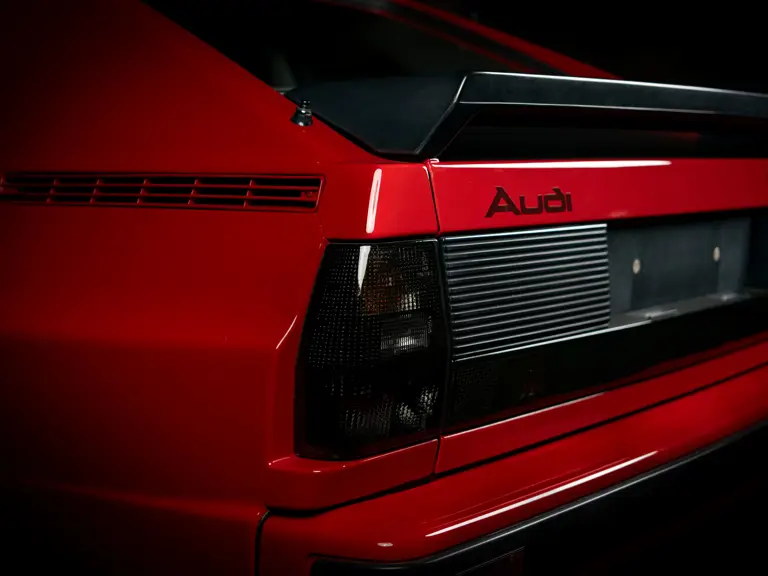
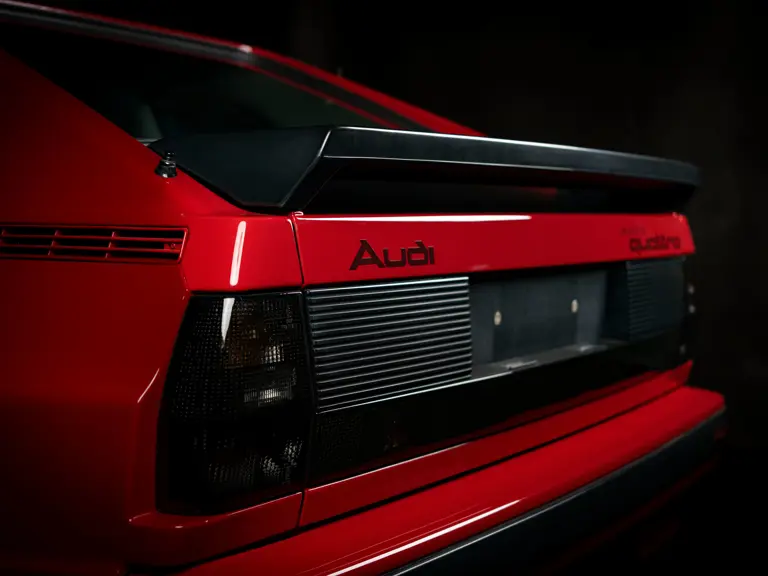
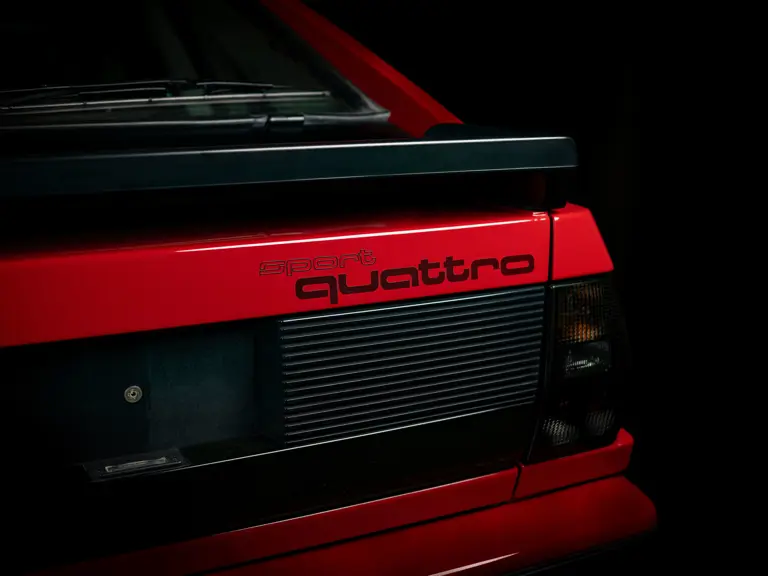
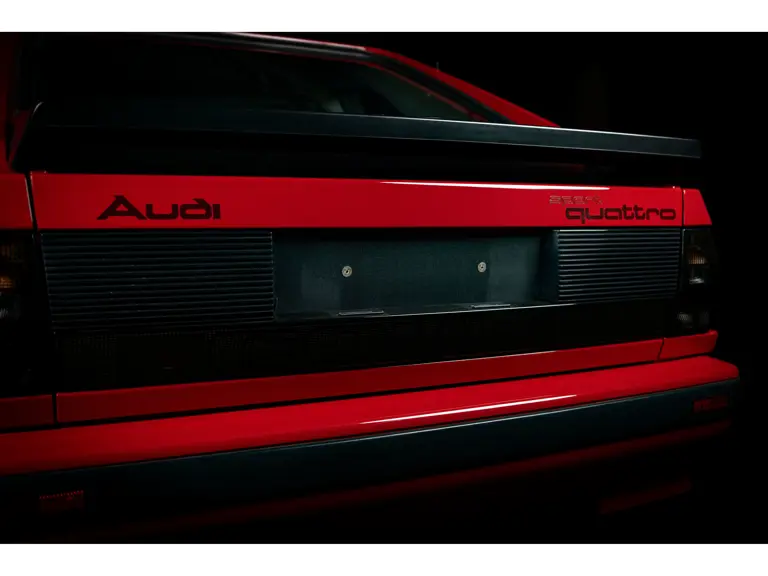
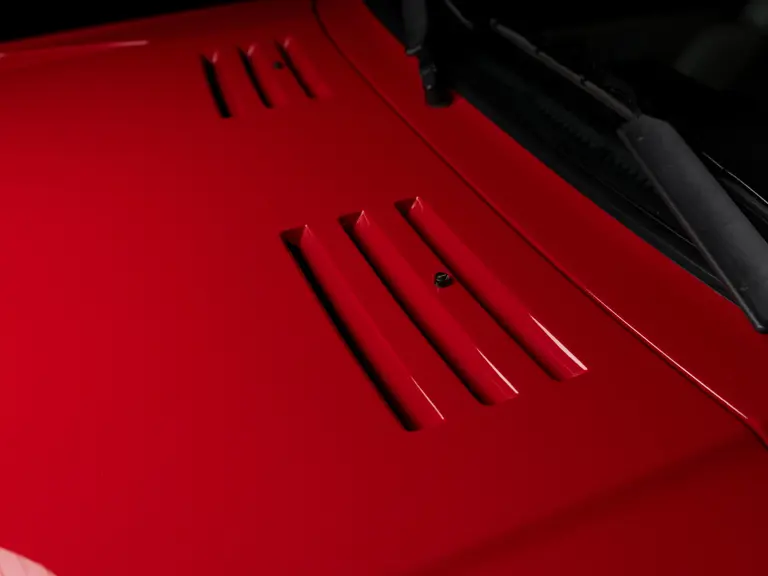
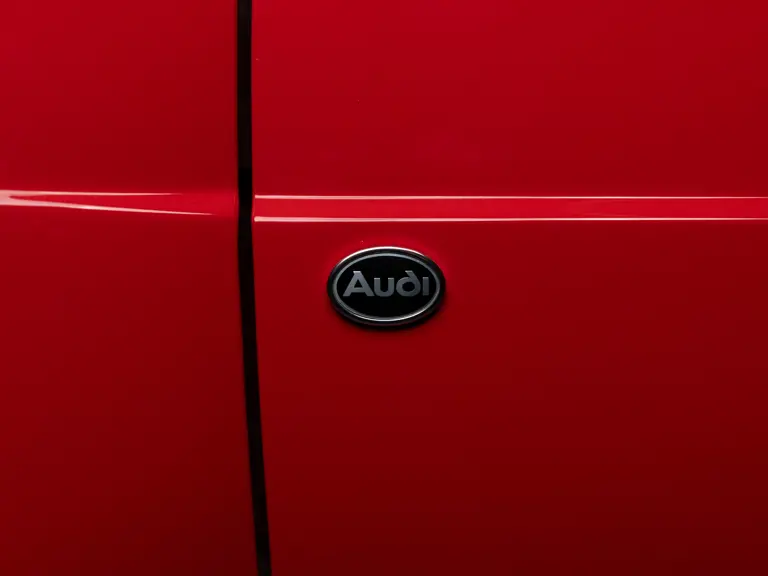
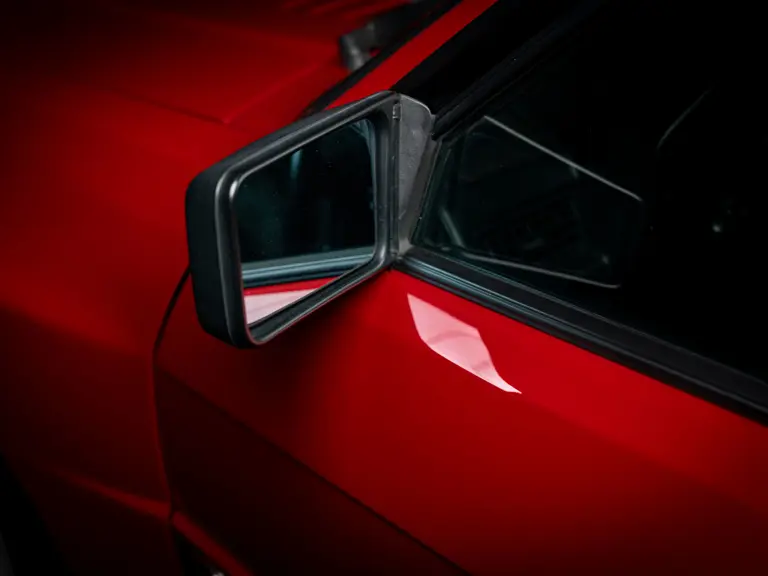

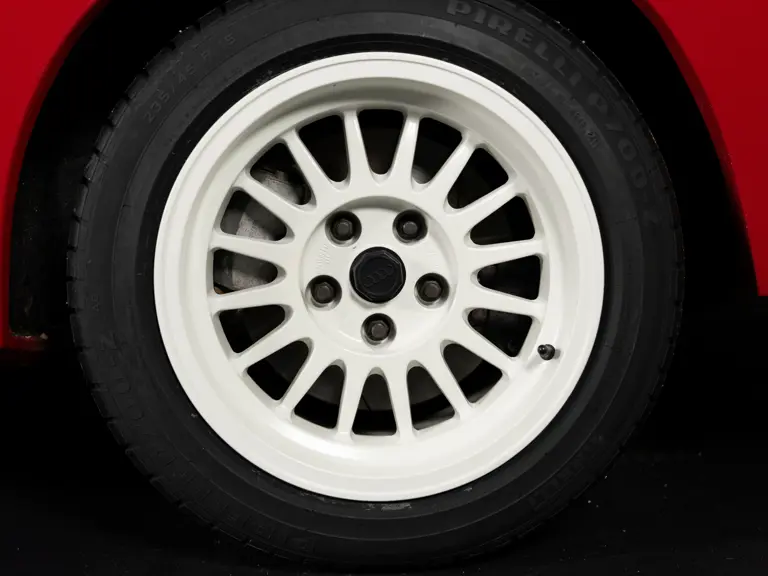
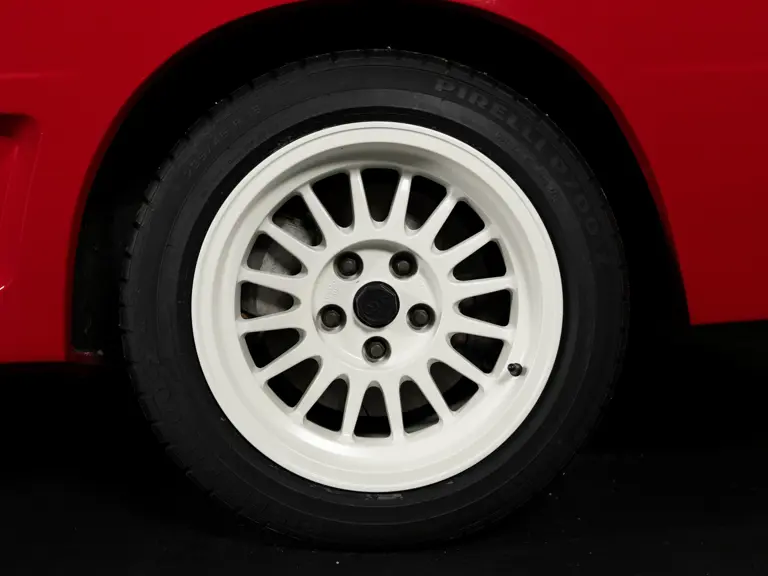
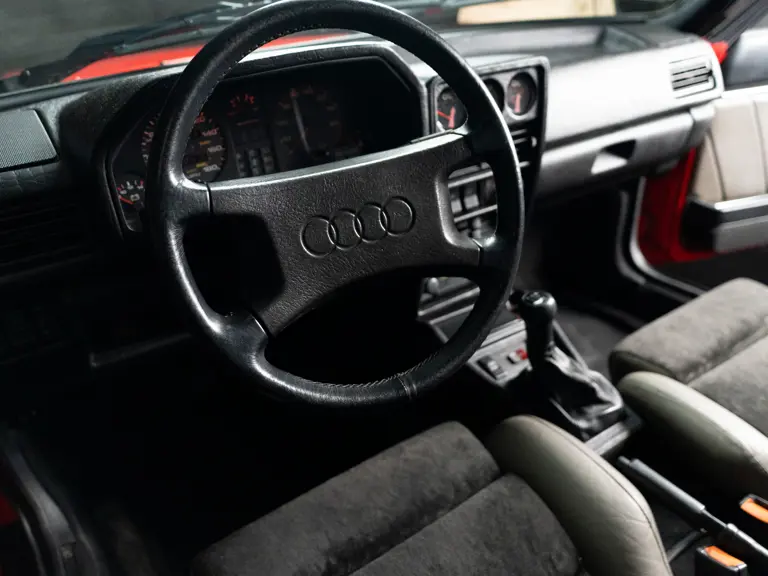
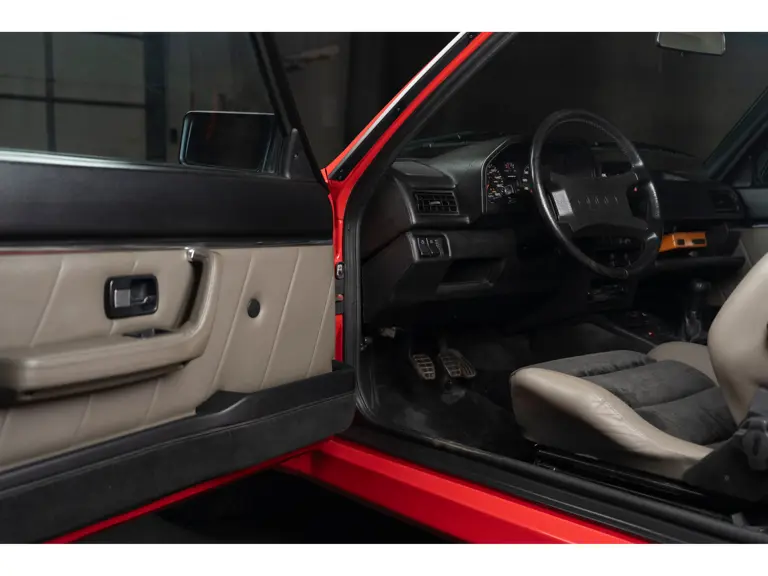
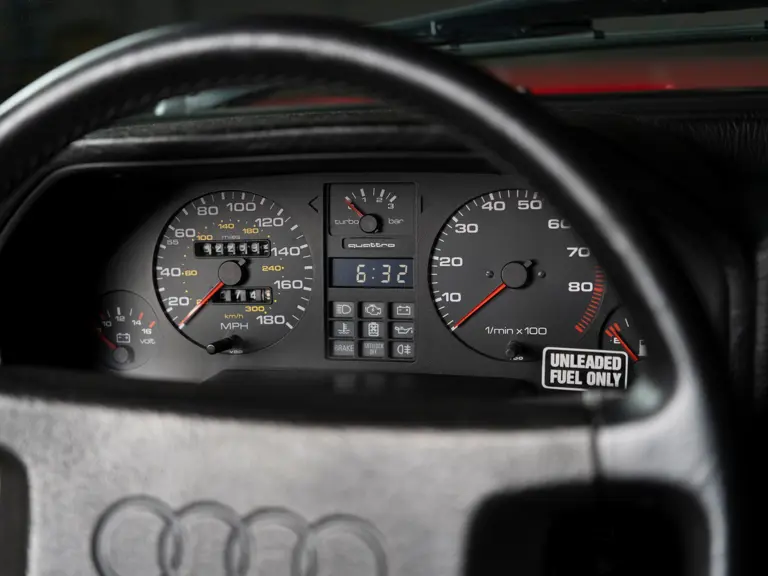
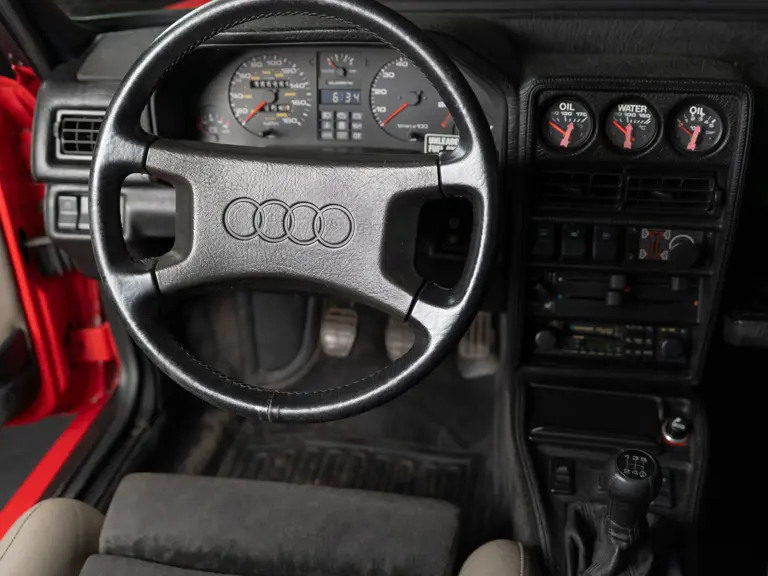
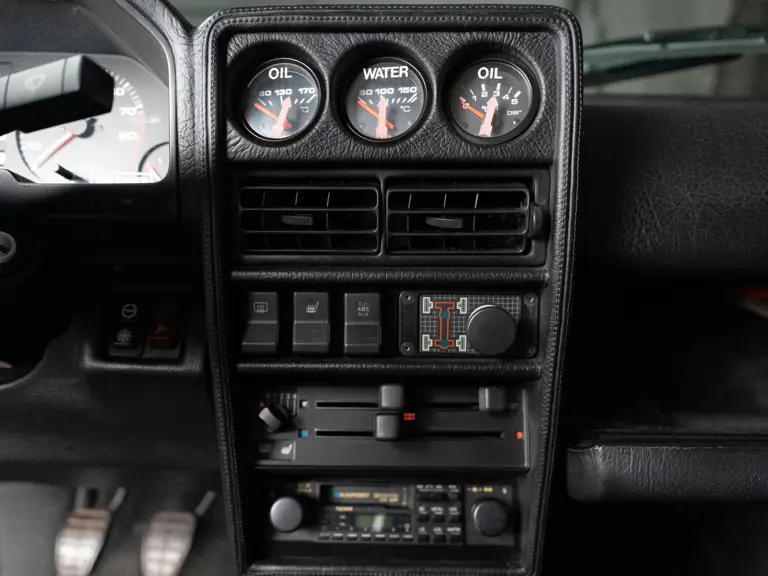
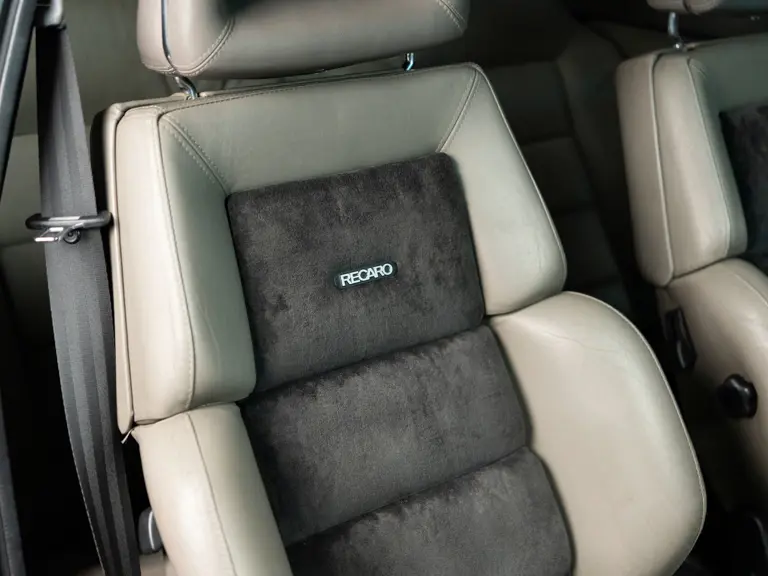
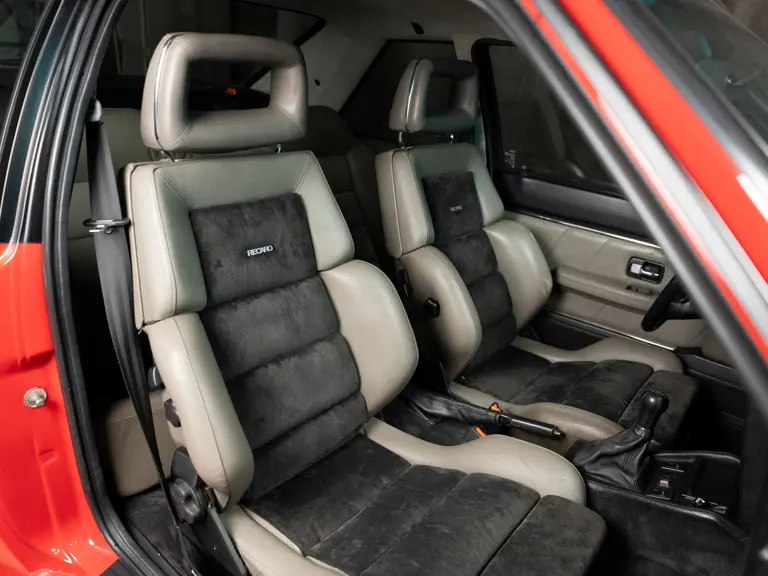
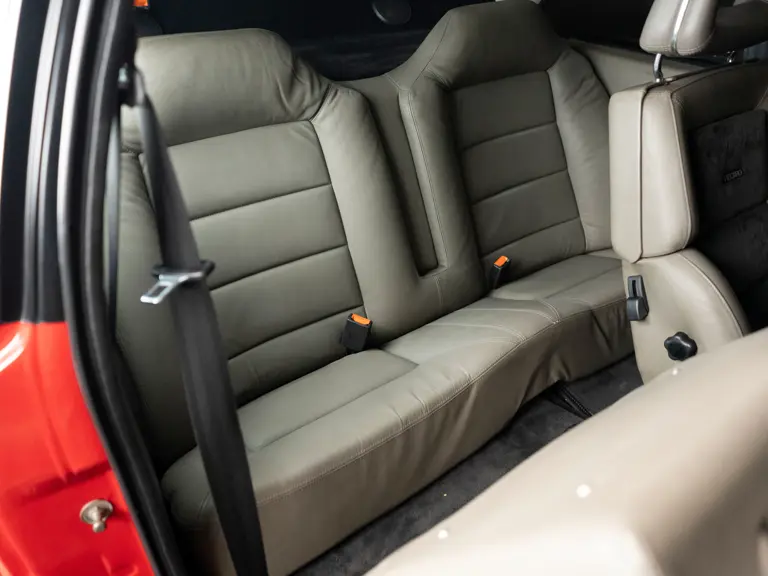
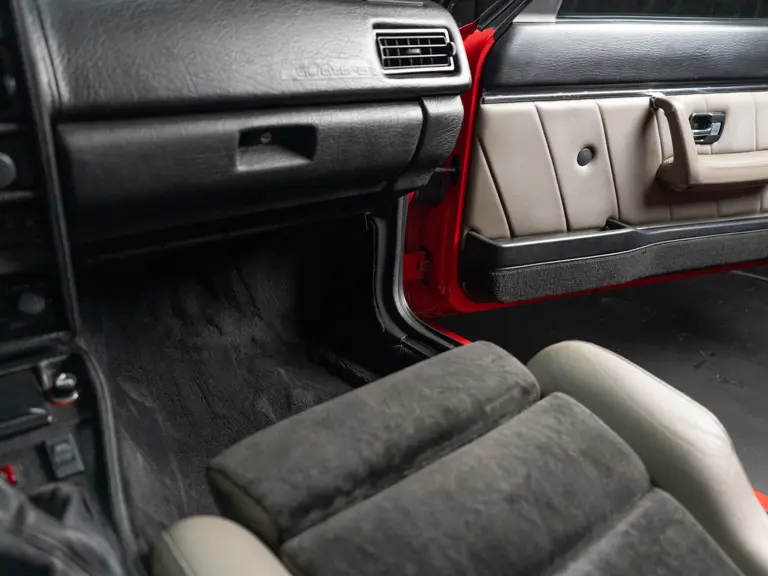
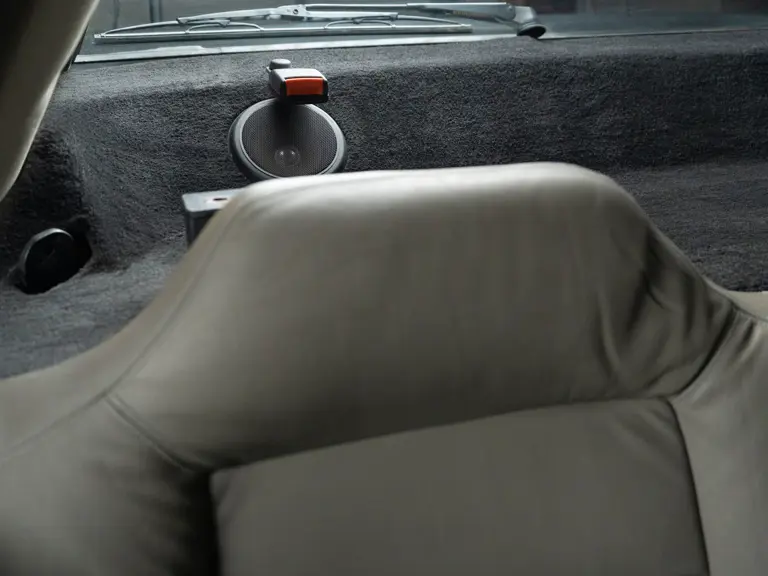
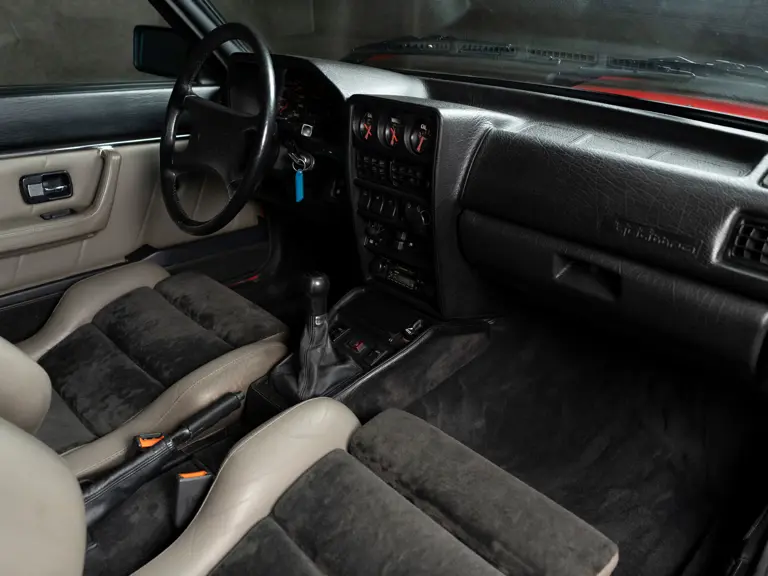
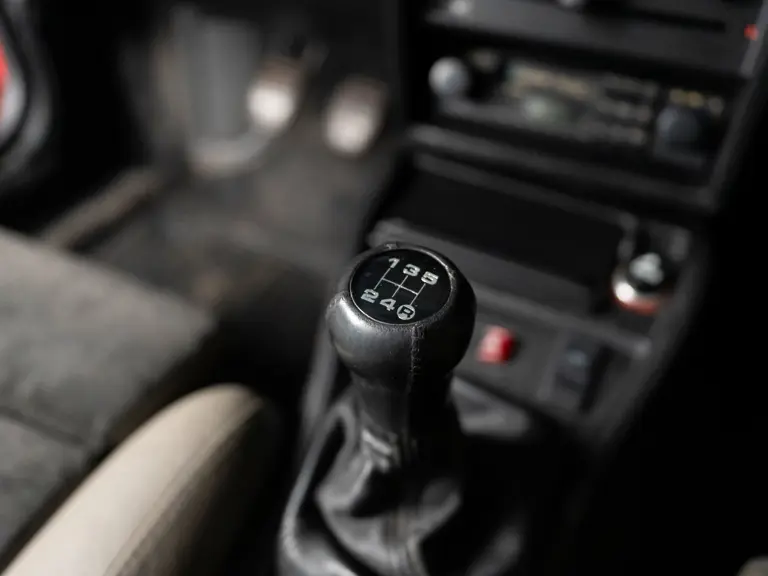
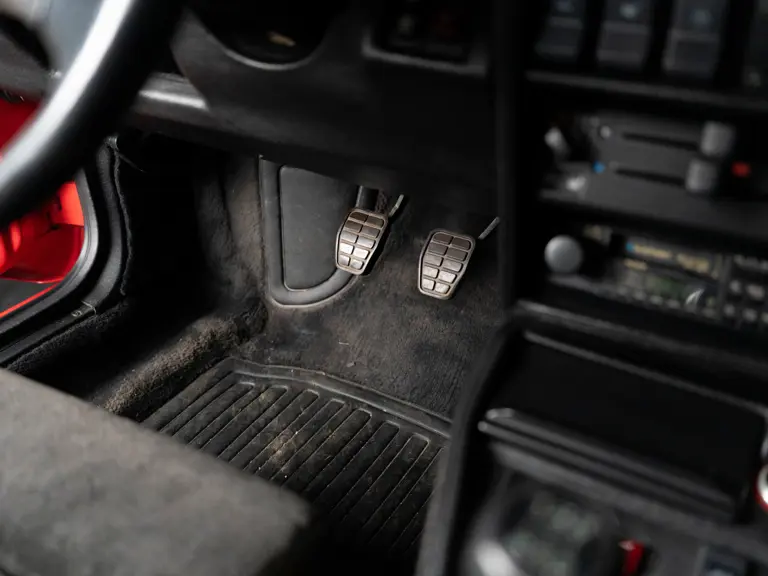
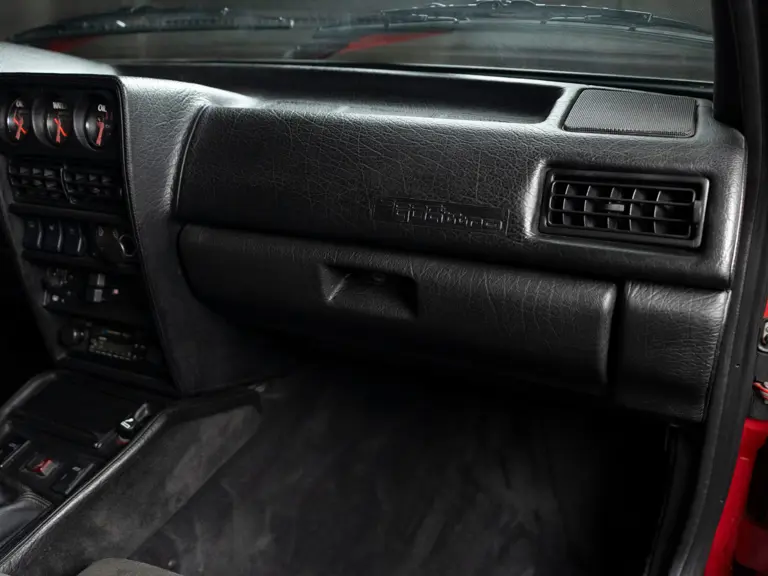
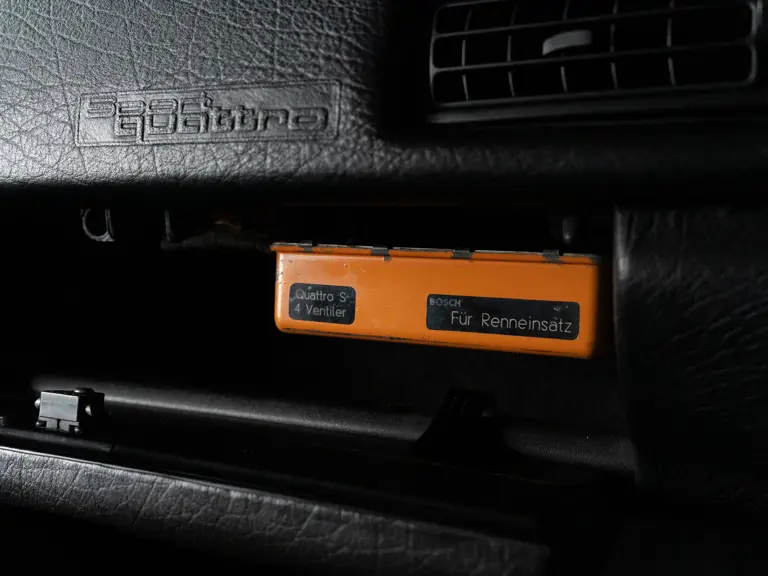
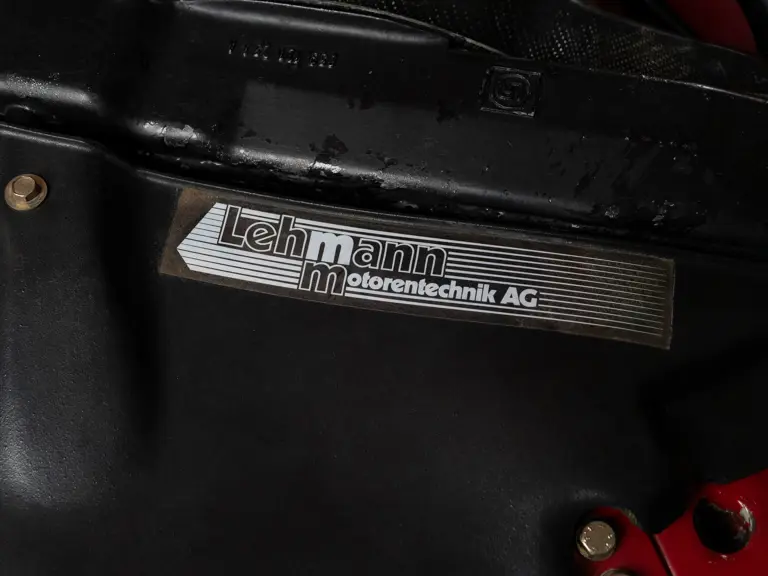
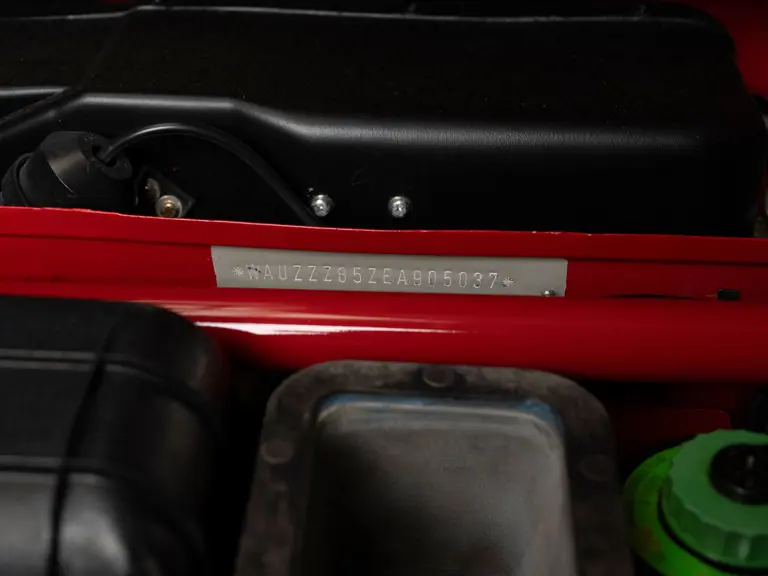
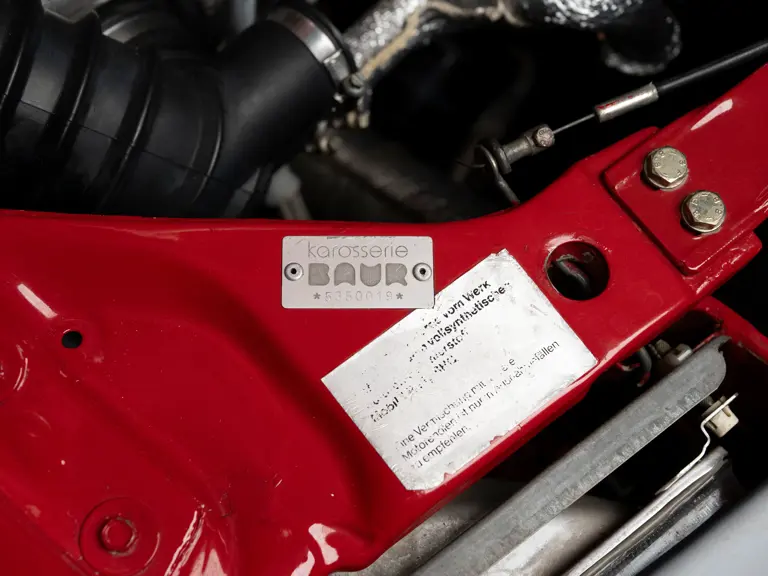
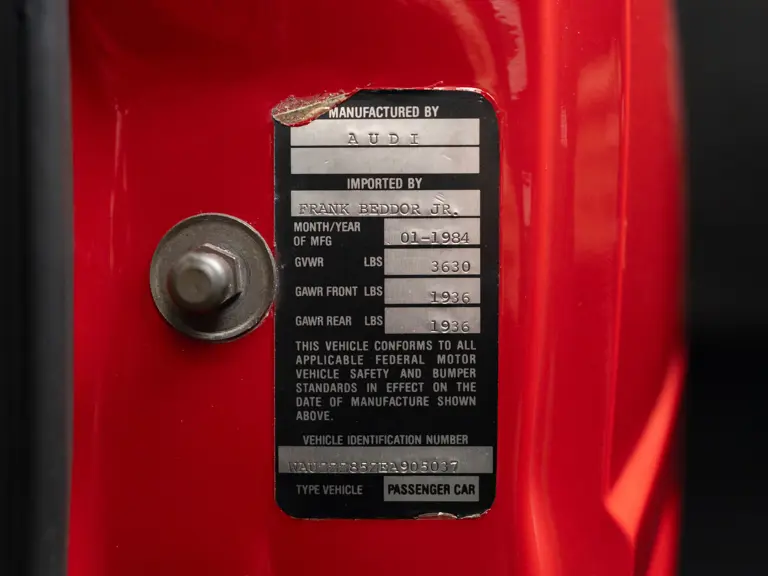
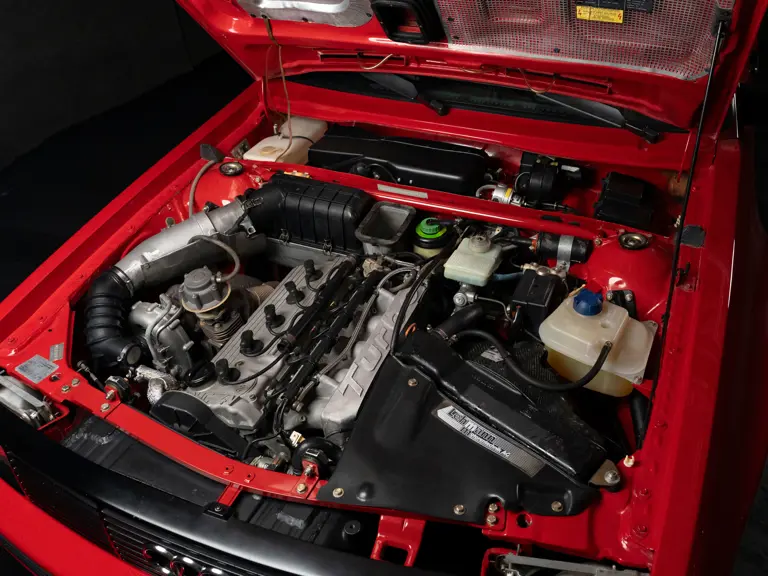
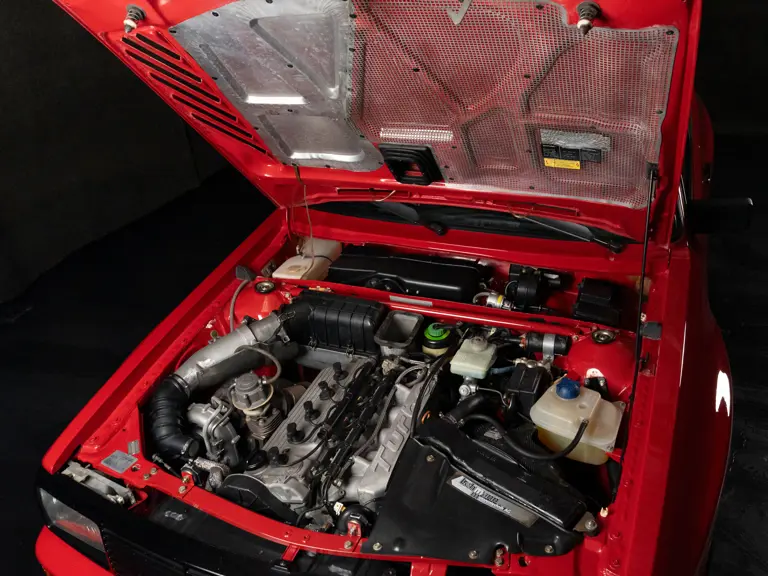
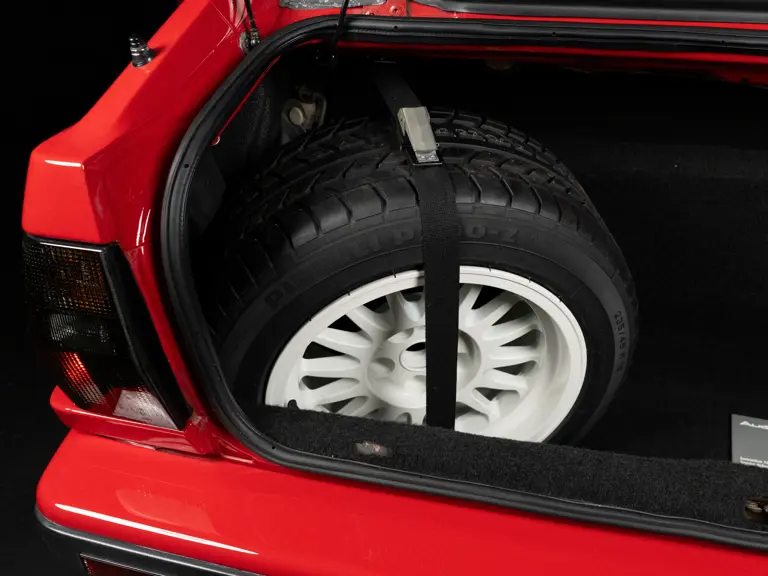
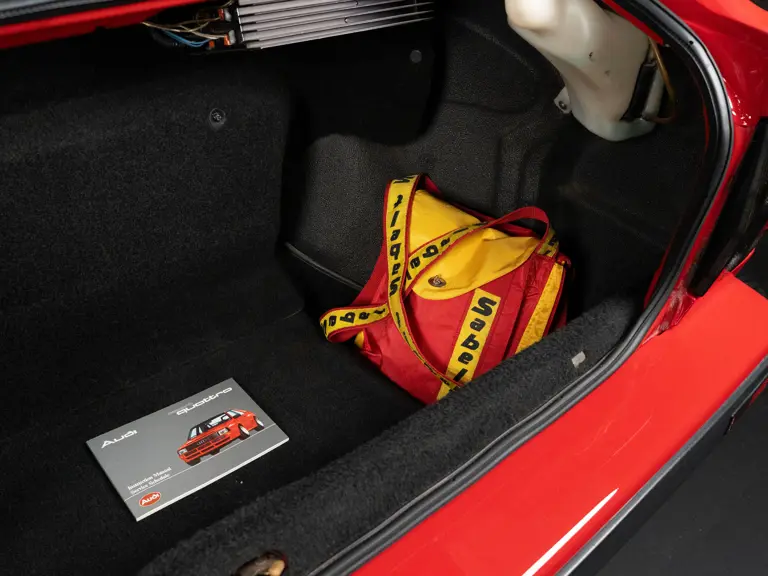
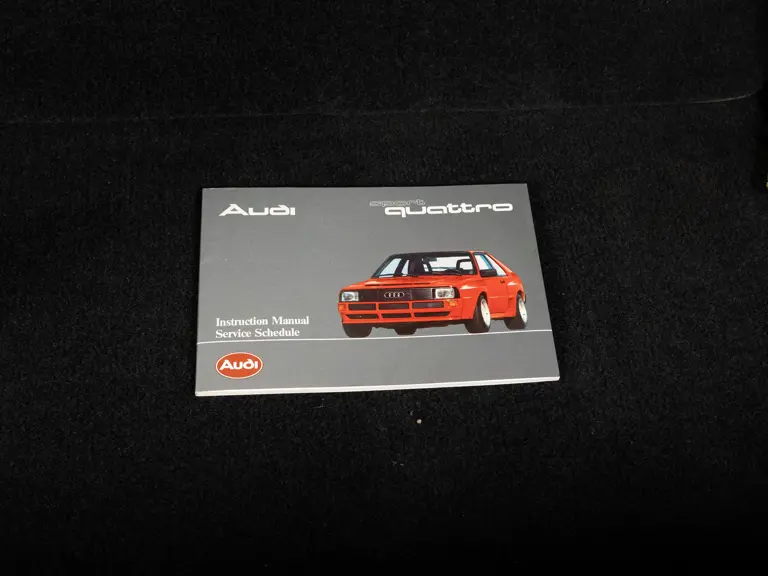
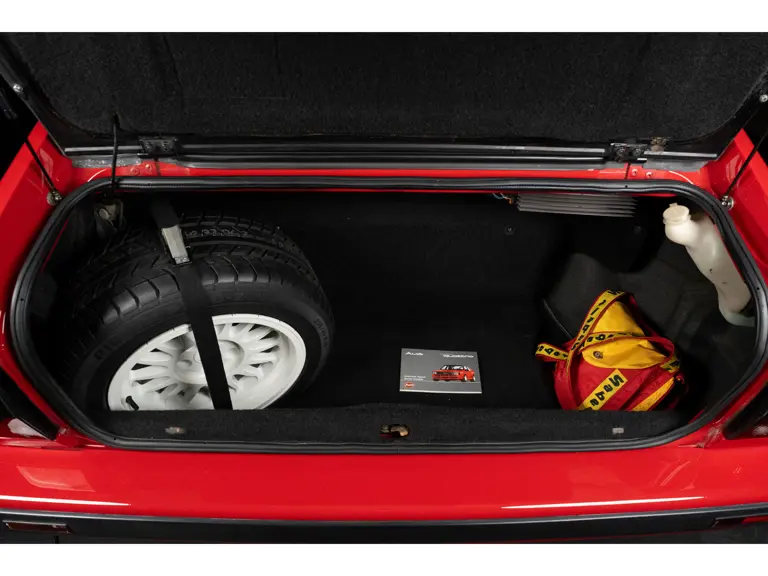
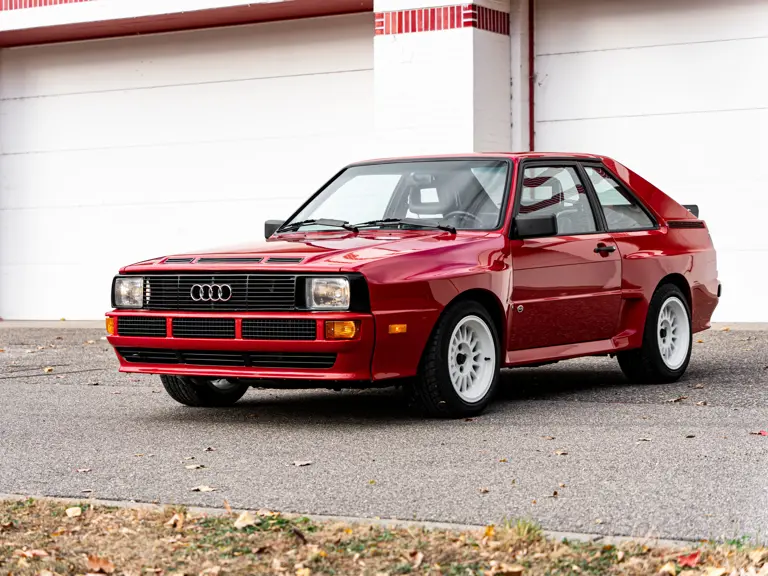
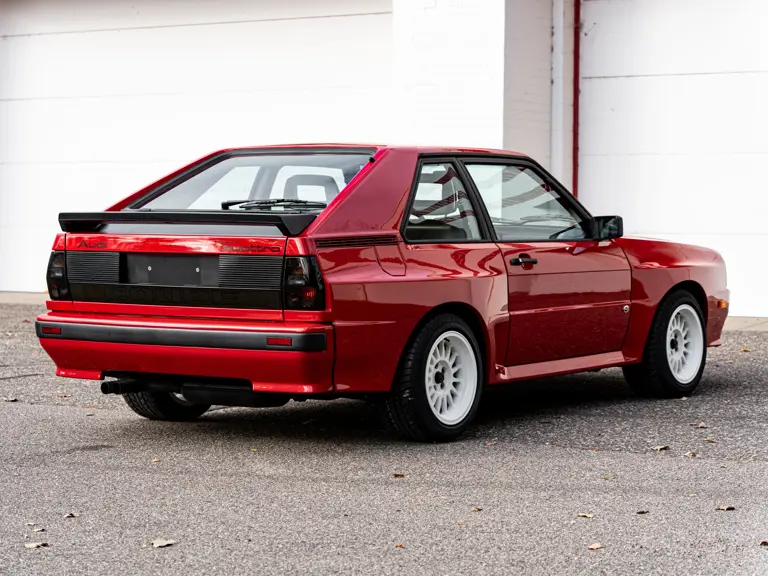
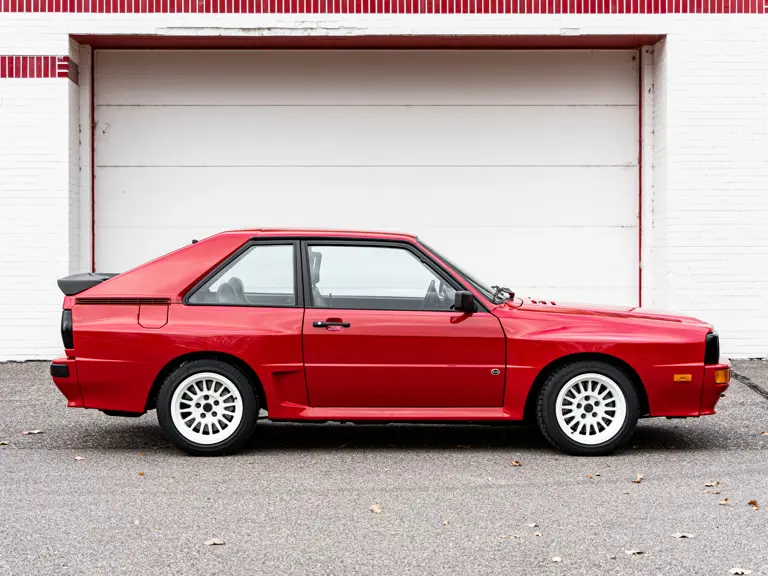
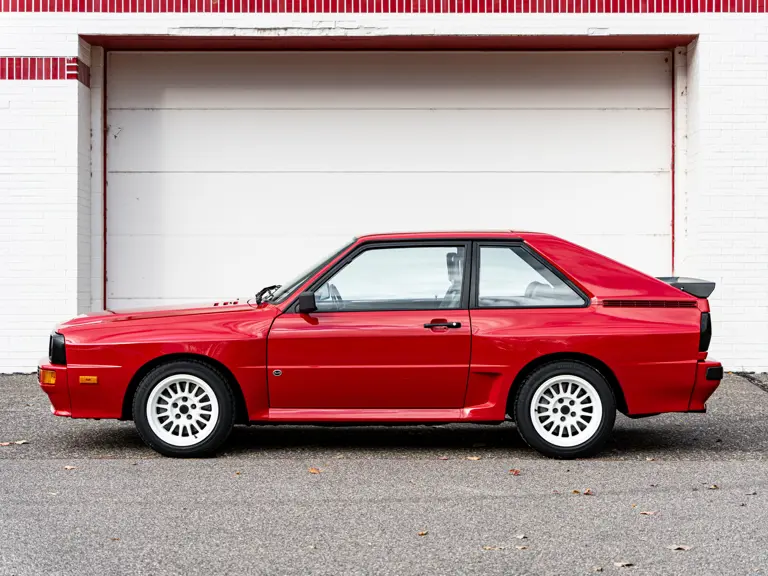
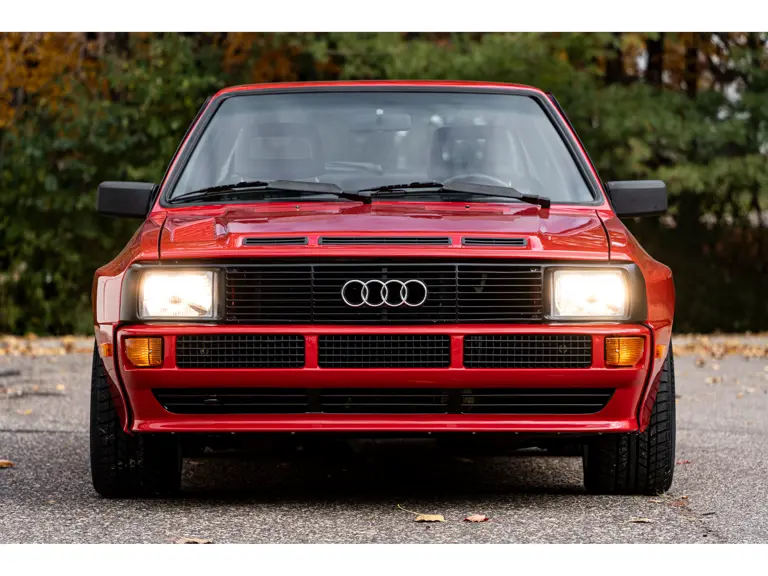
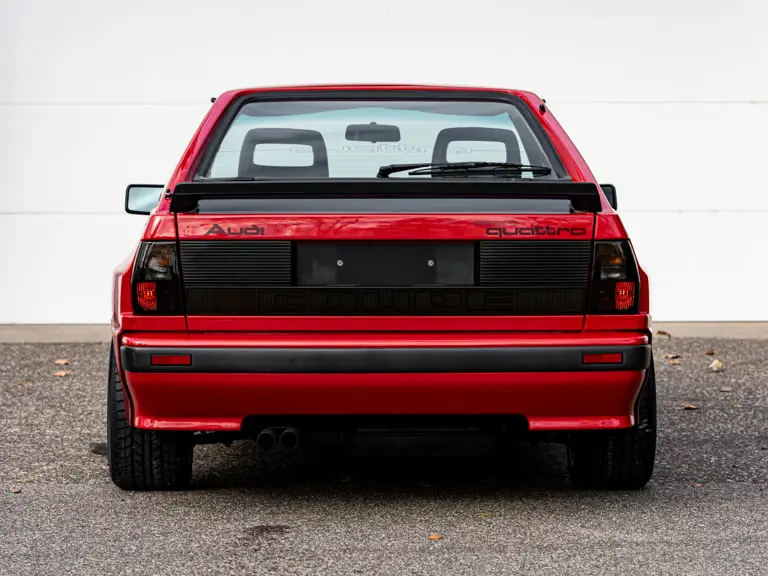
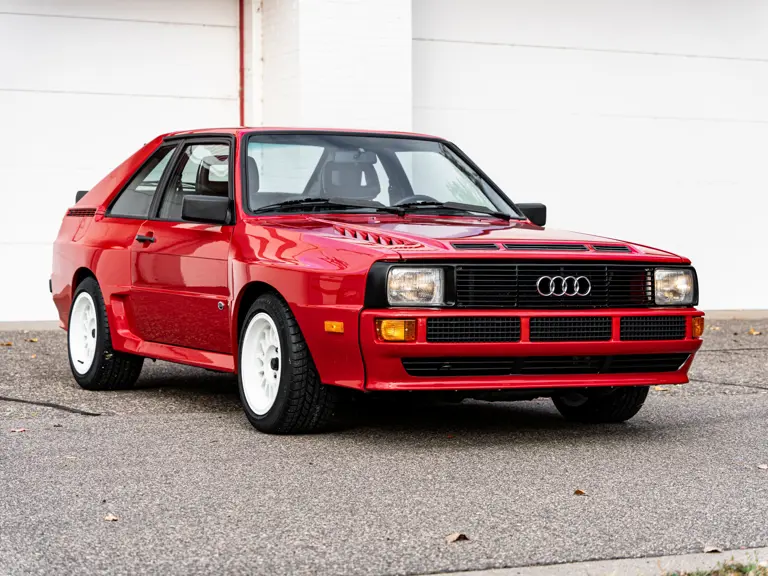
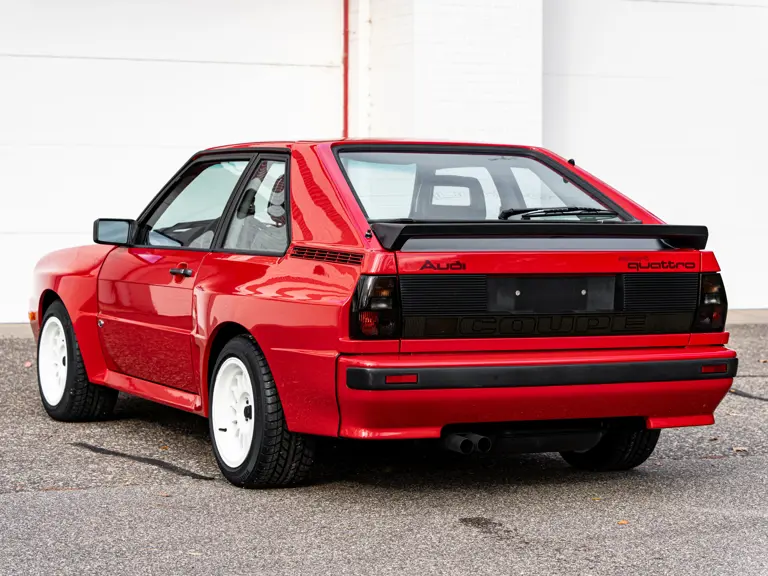
 | Monterey, California
| Monterey, California
